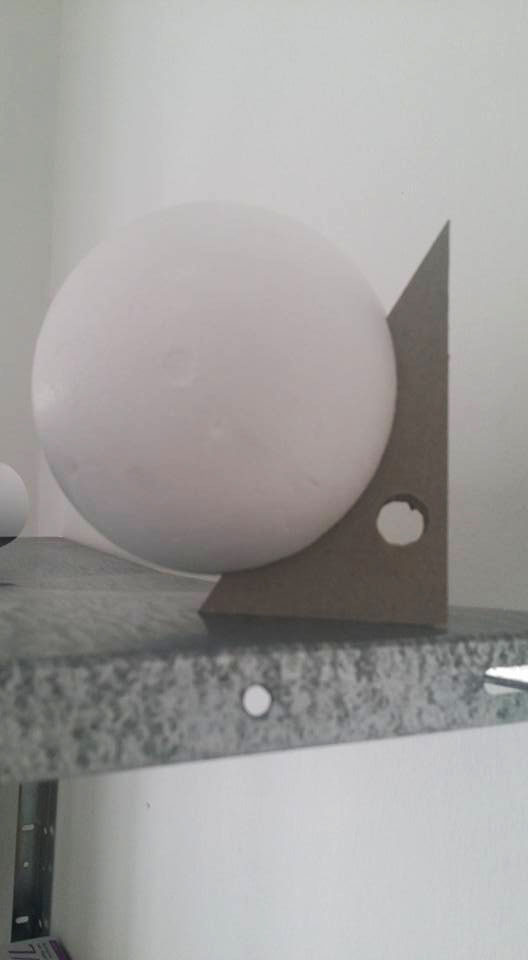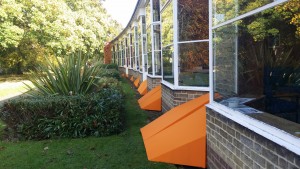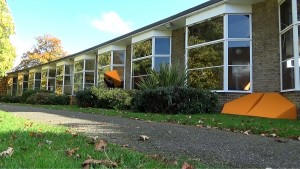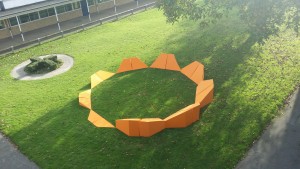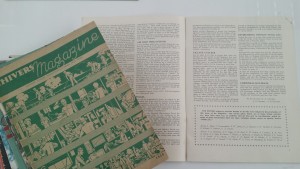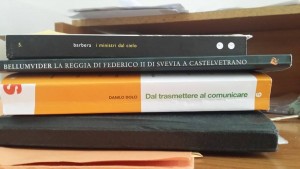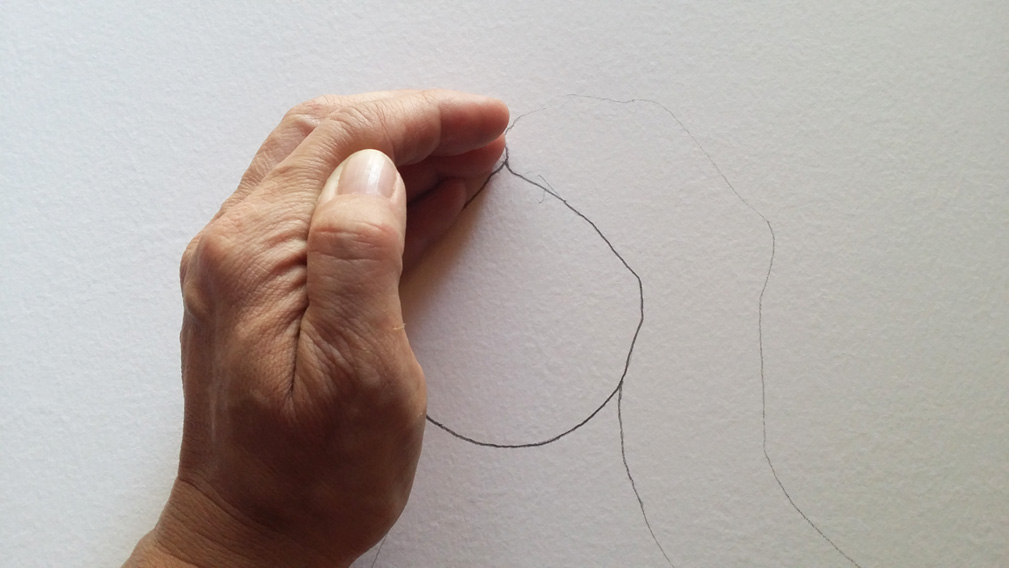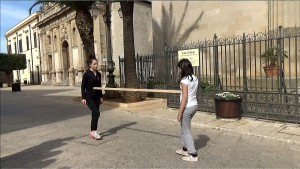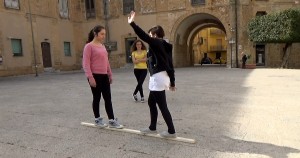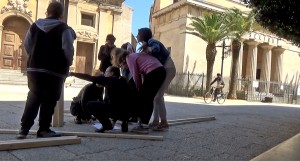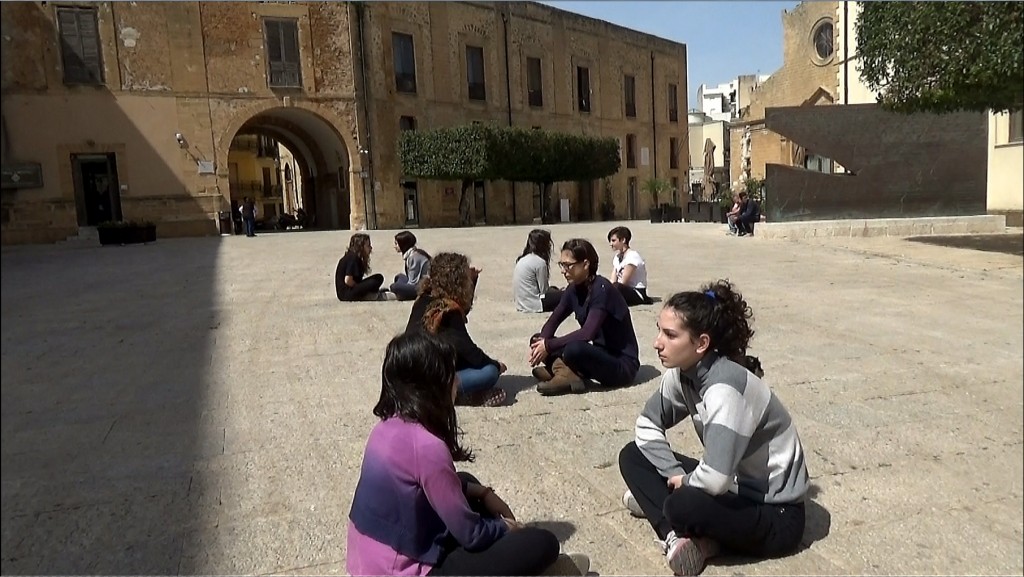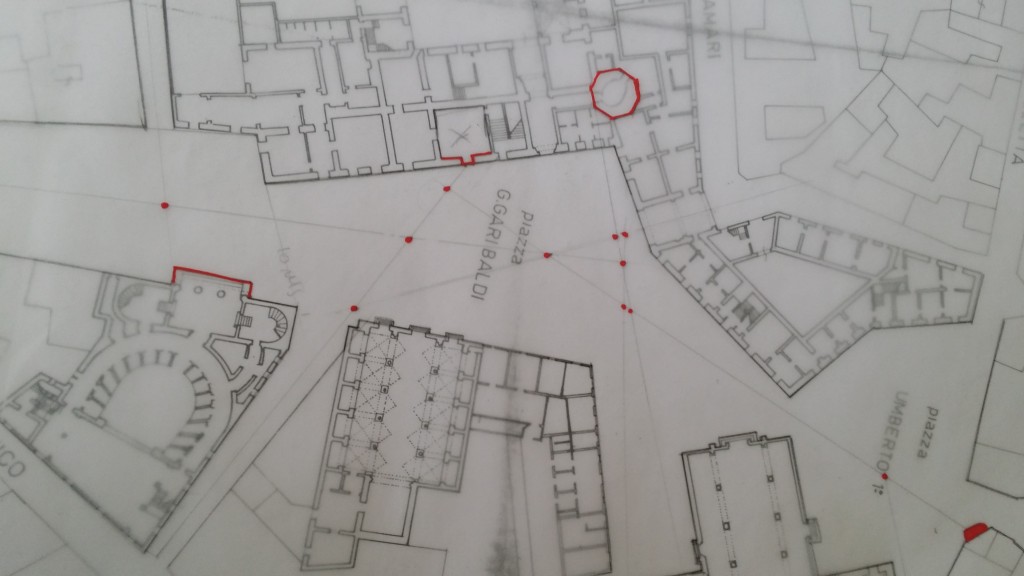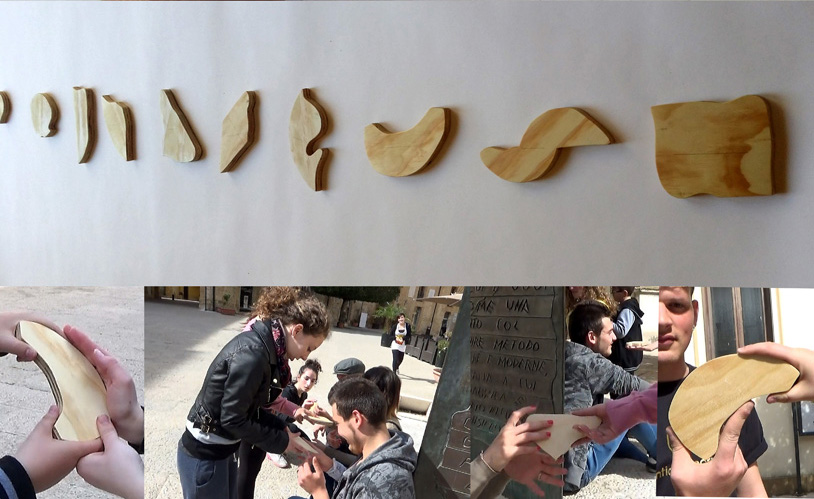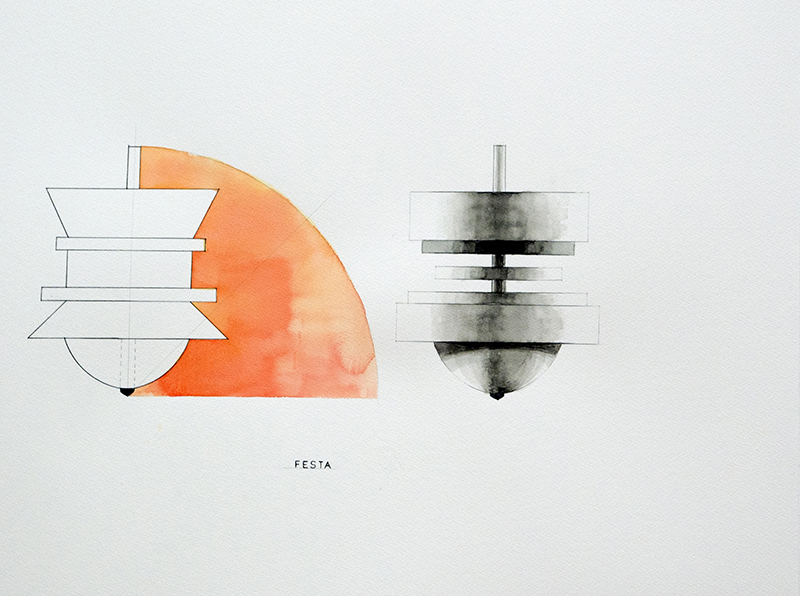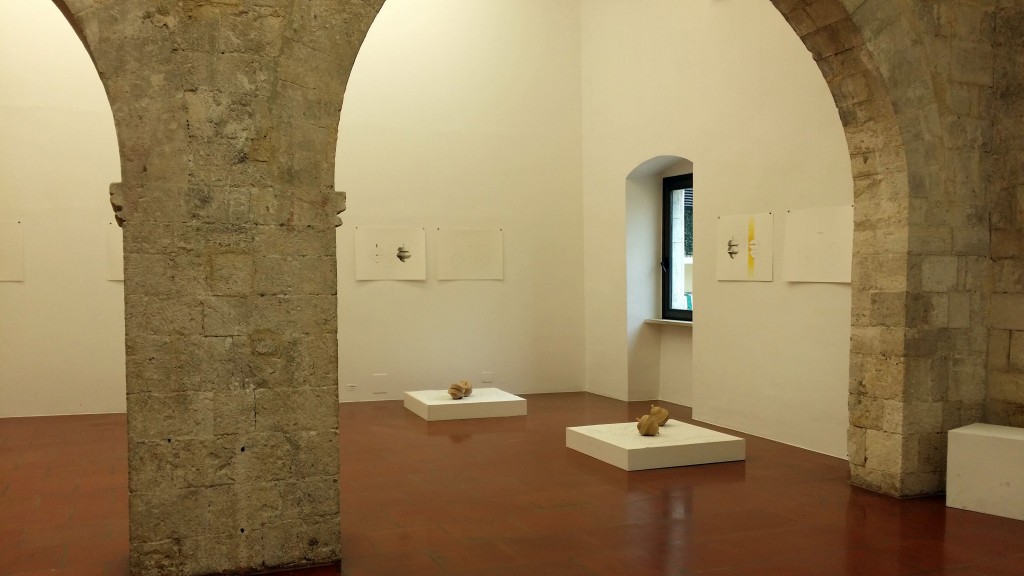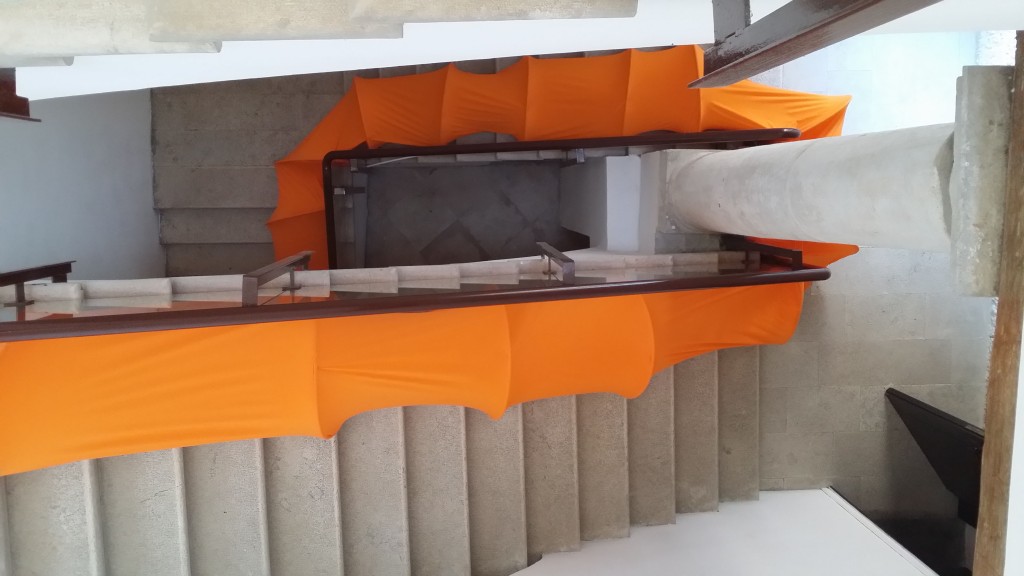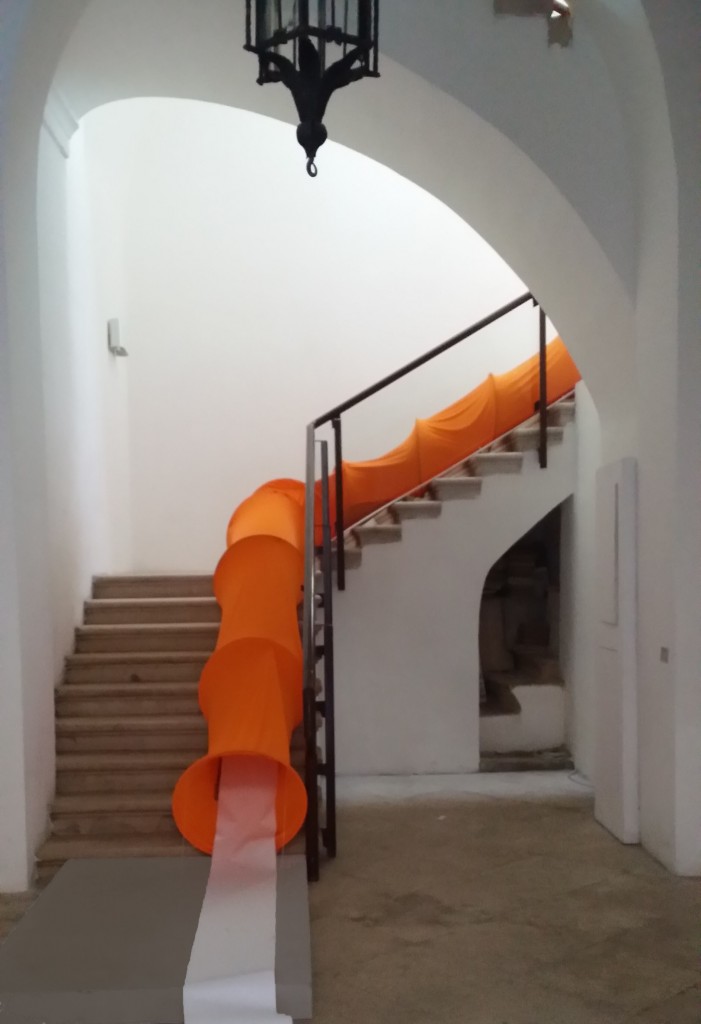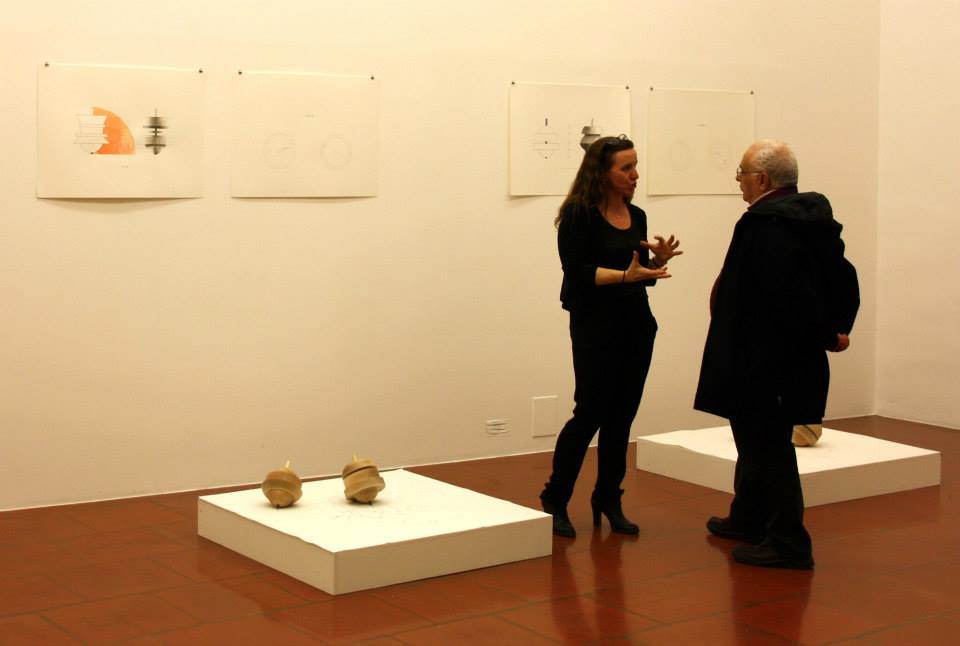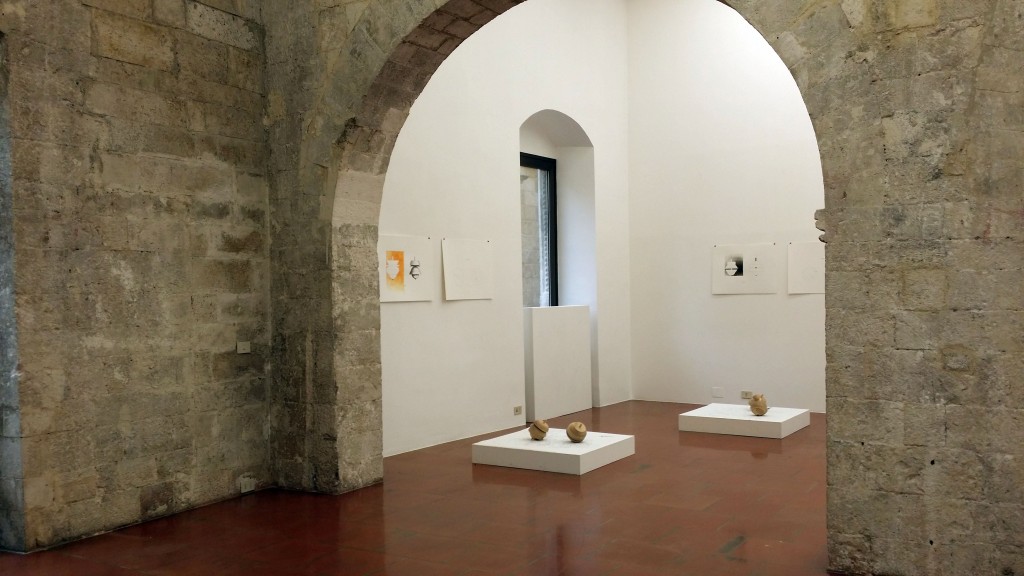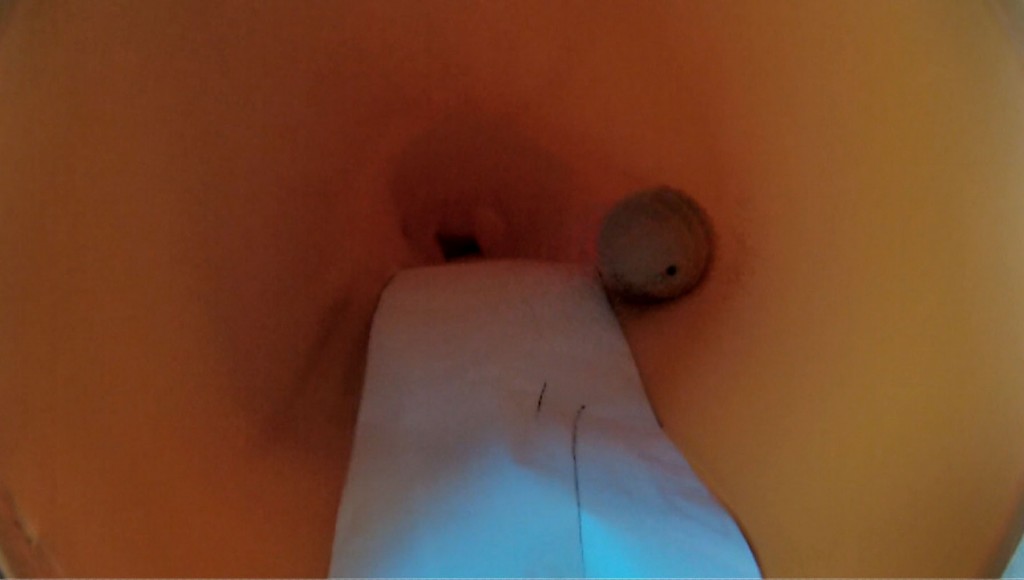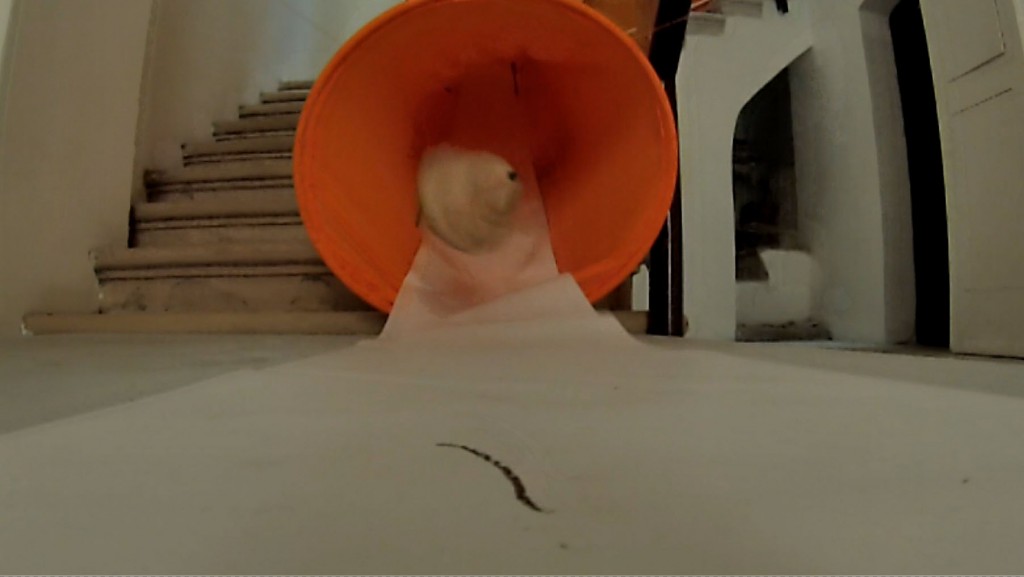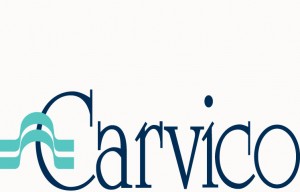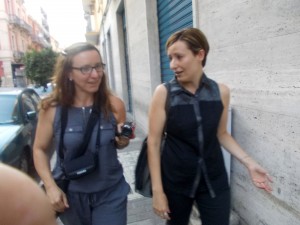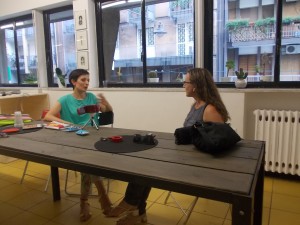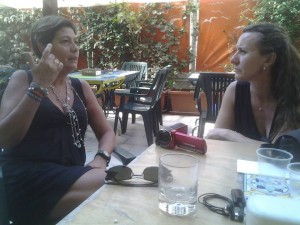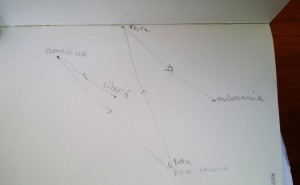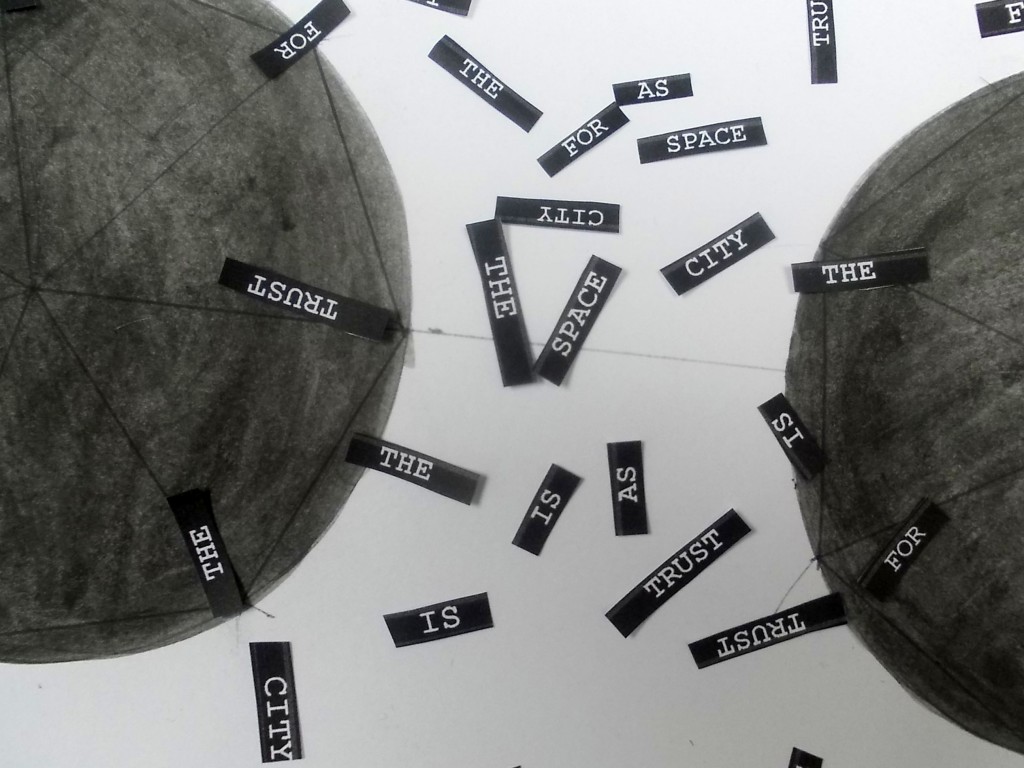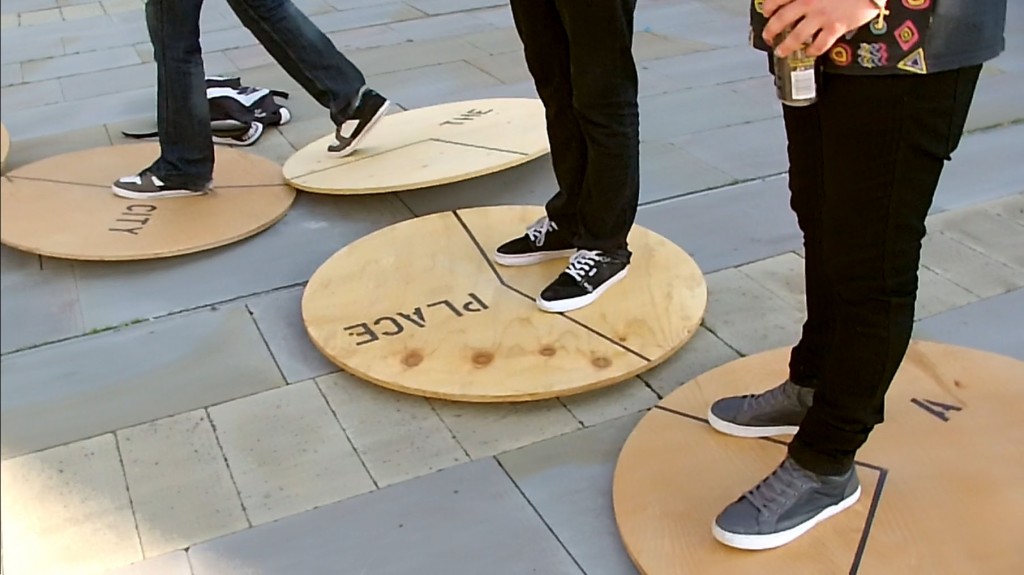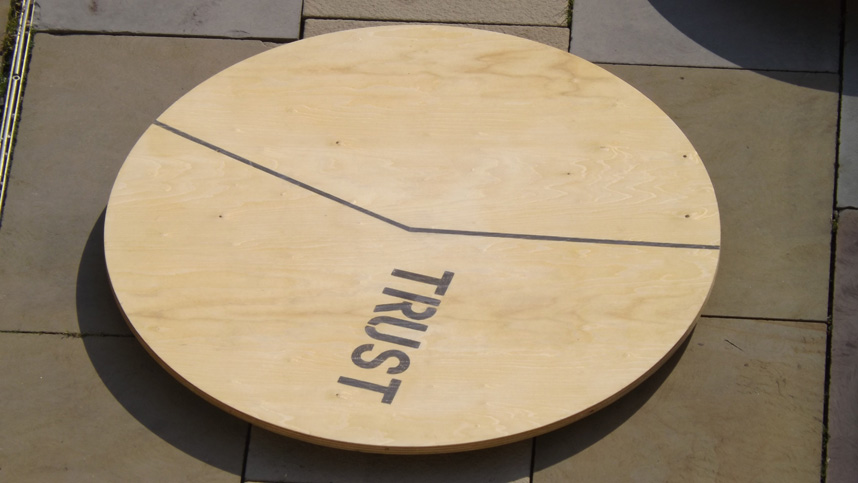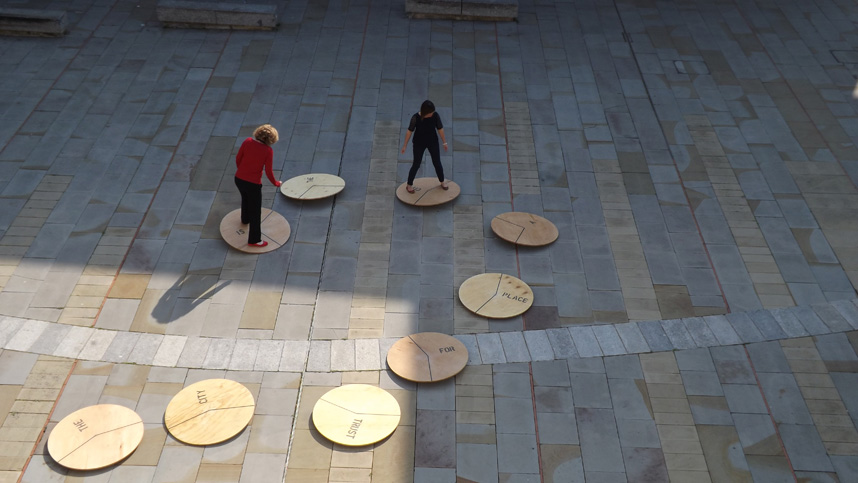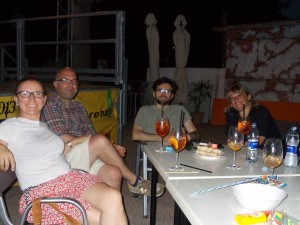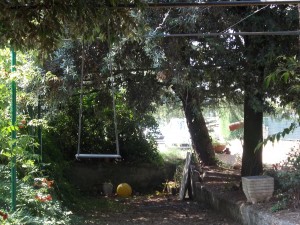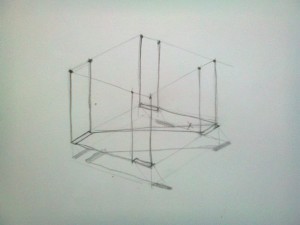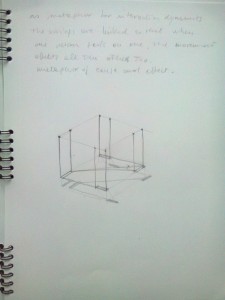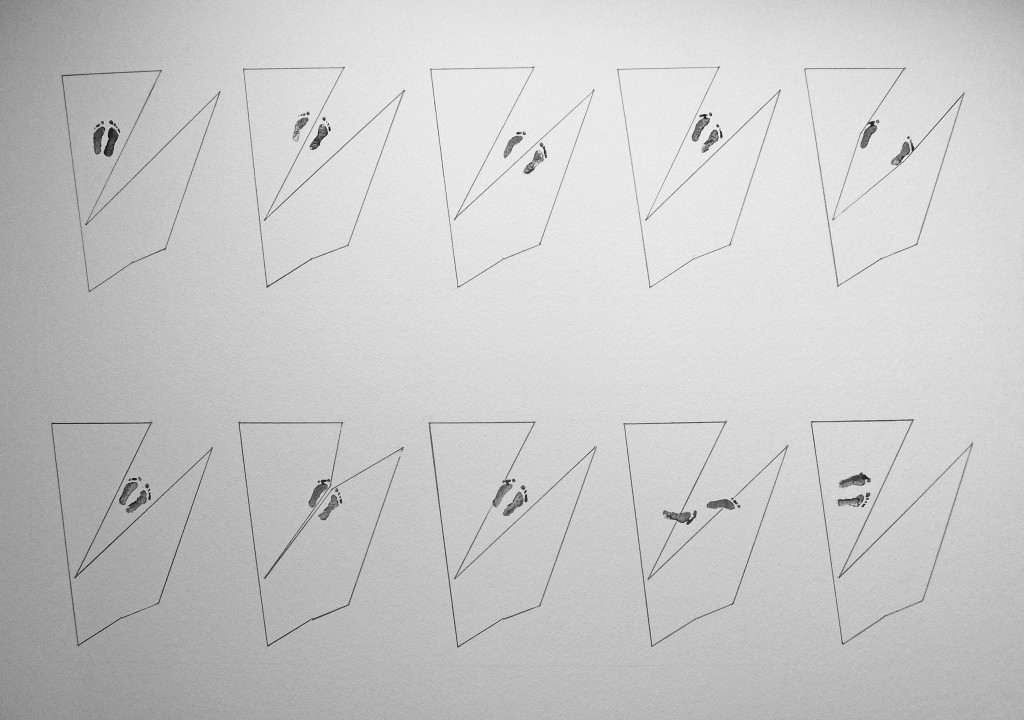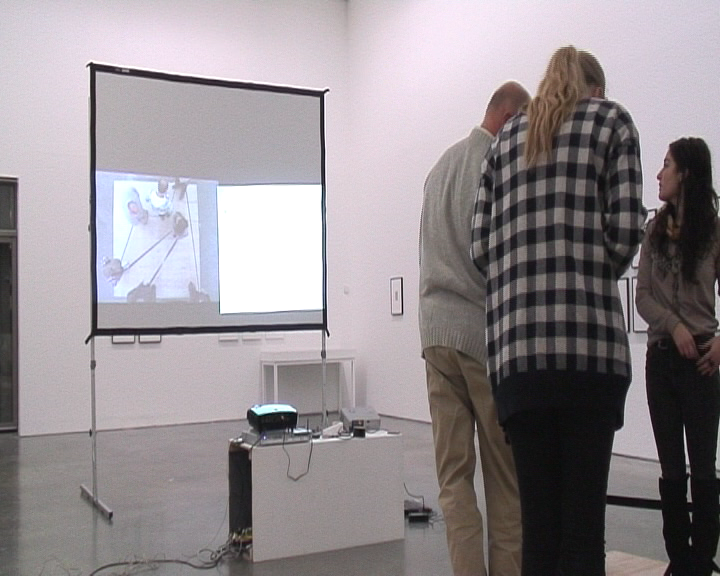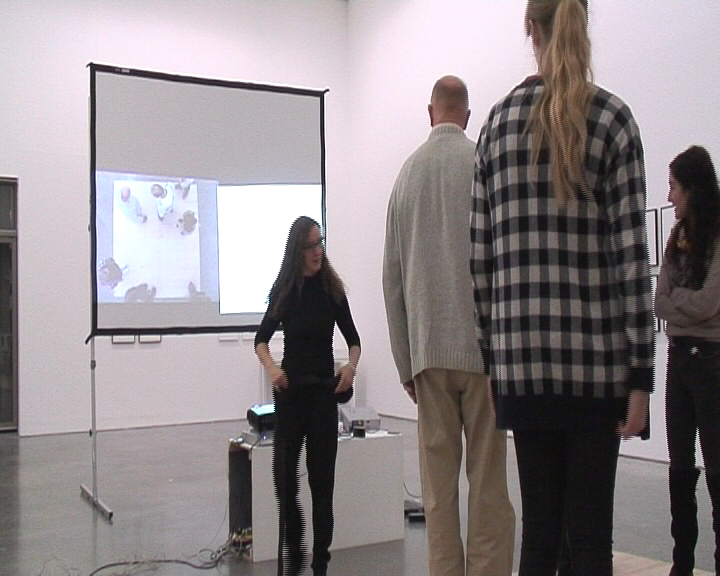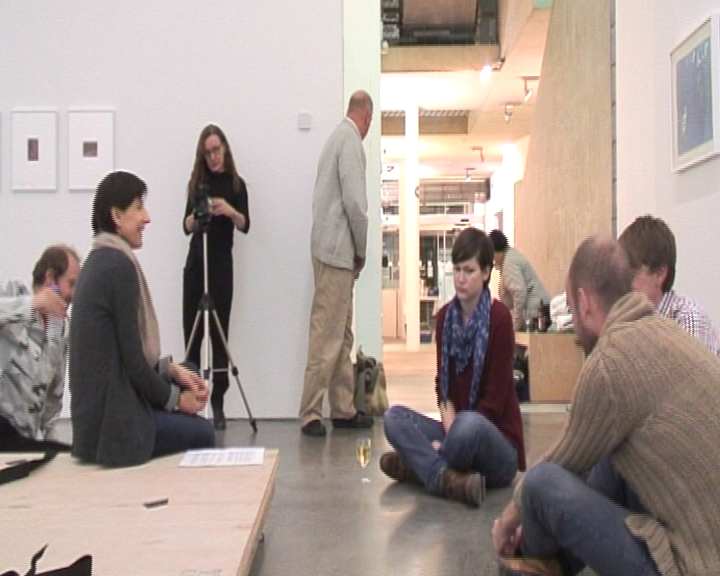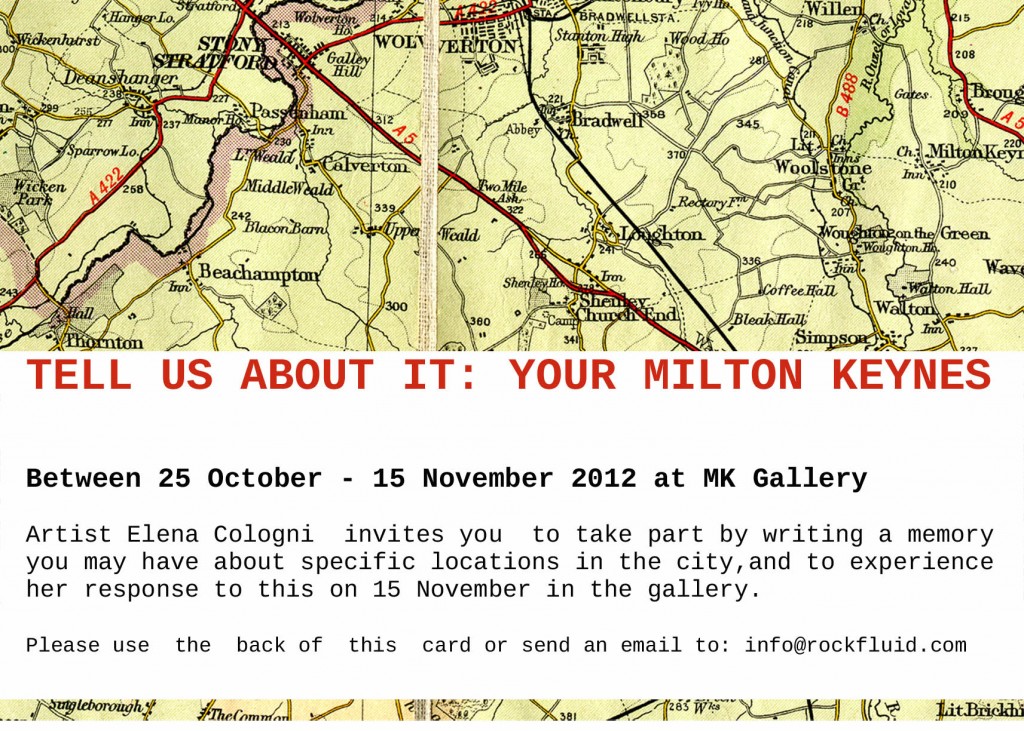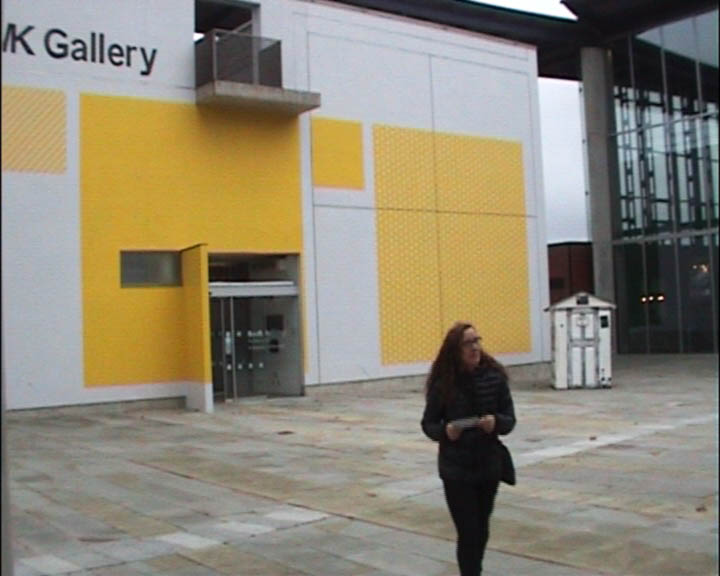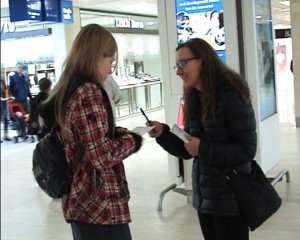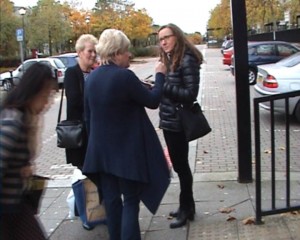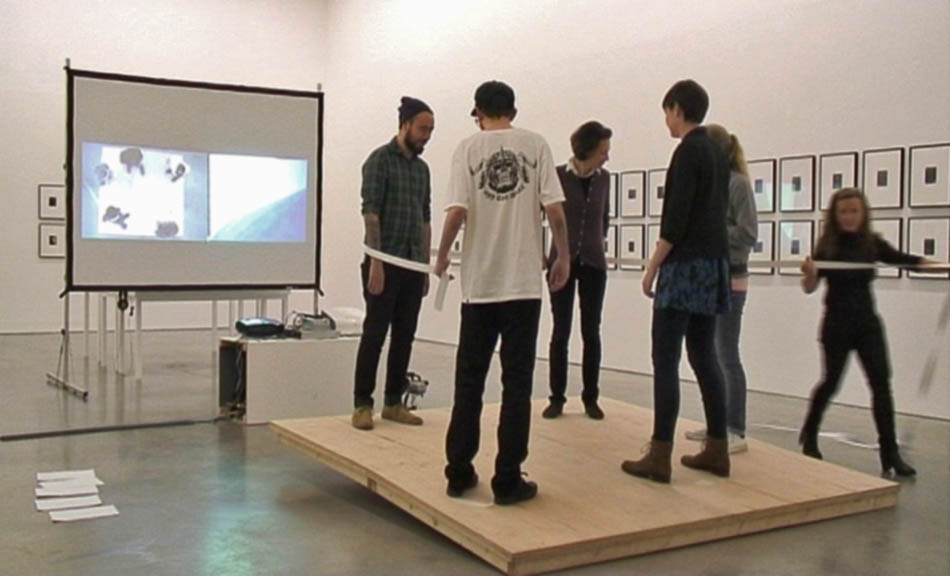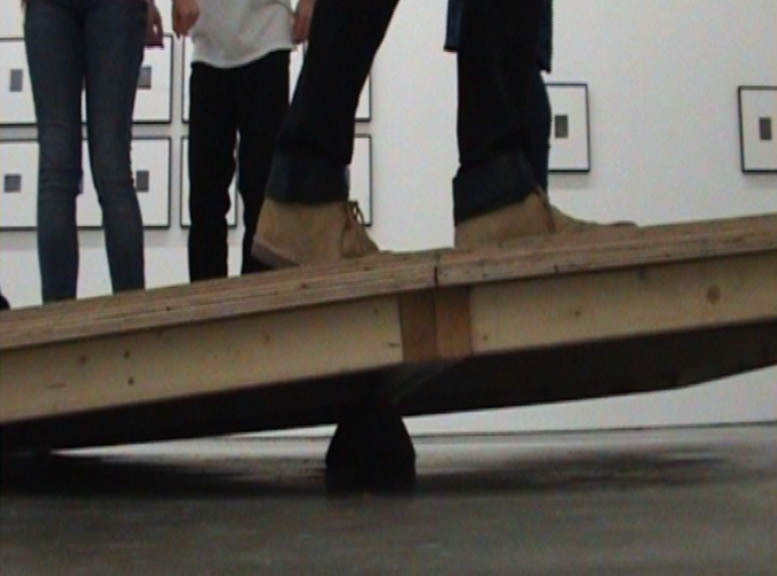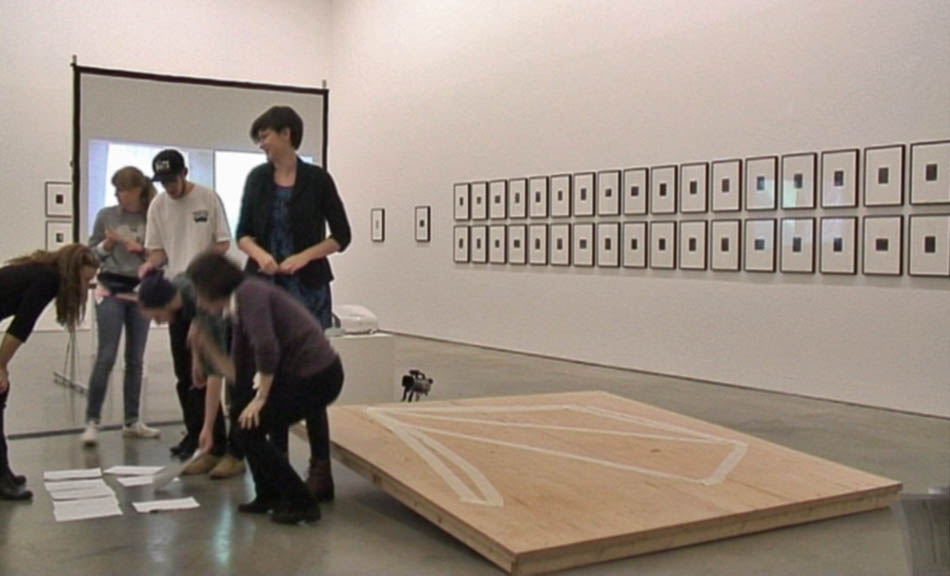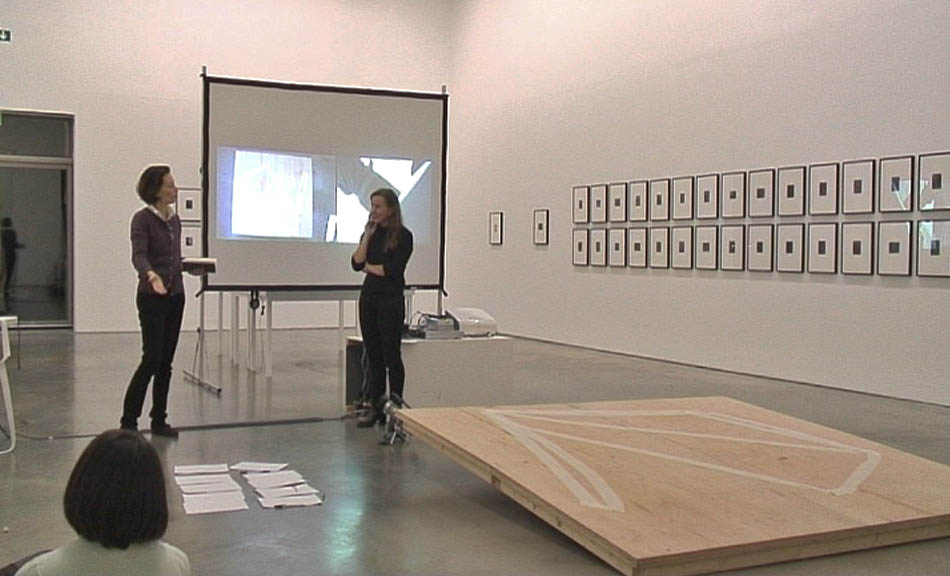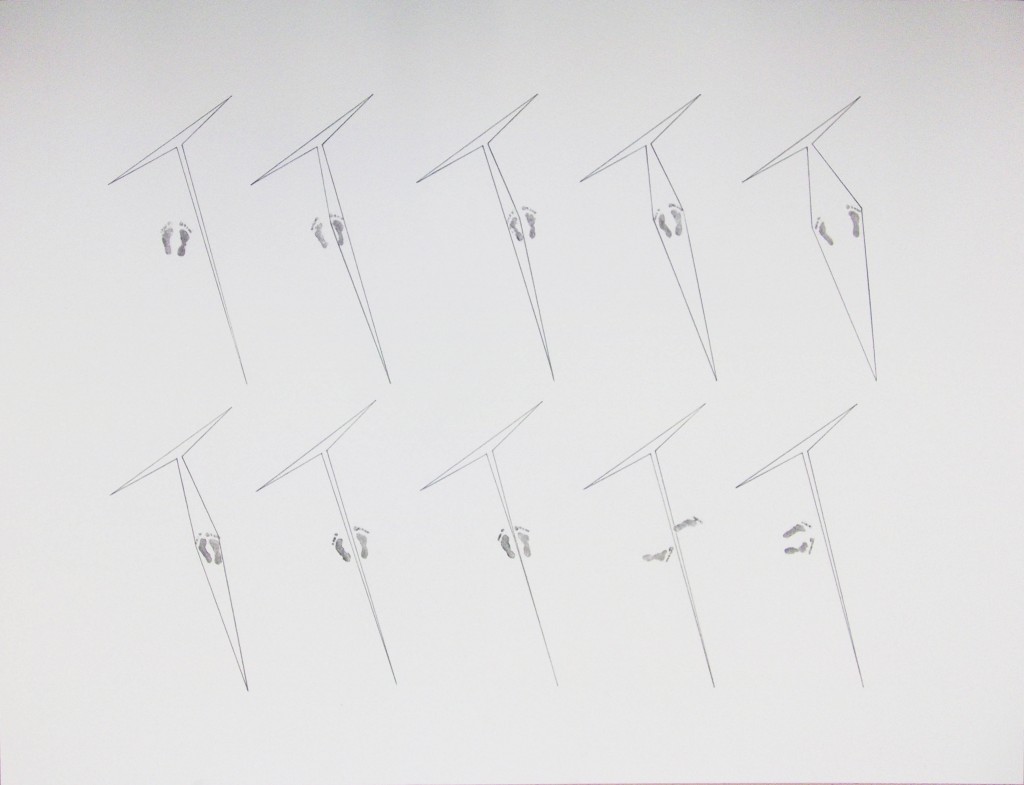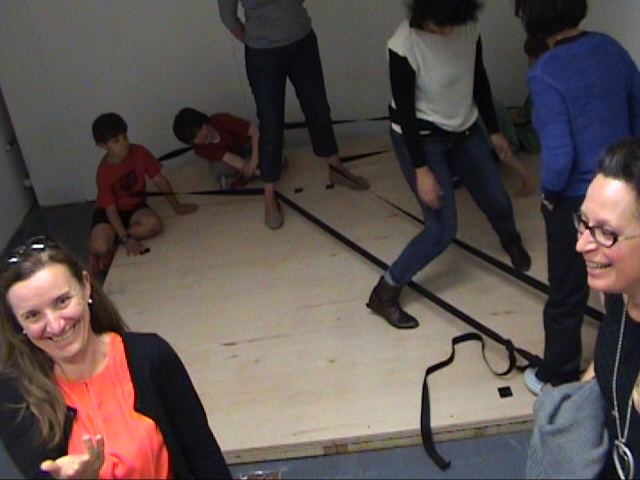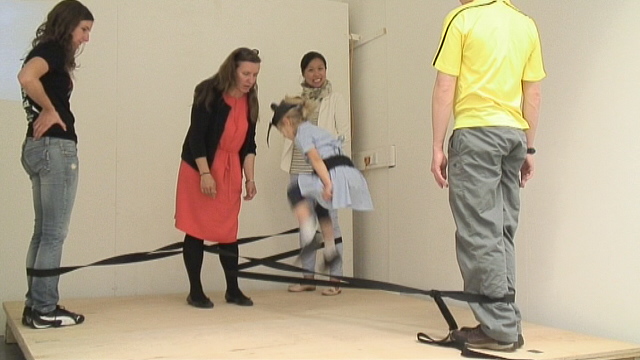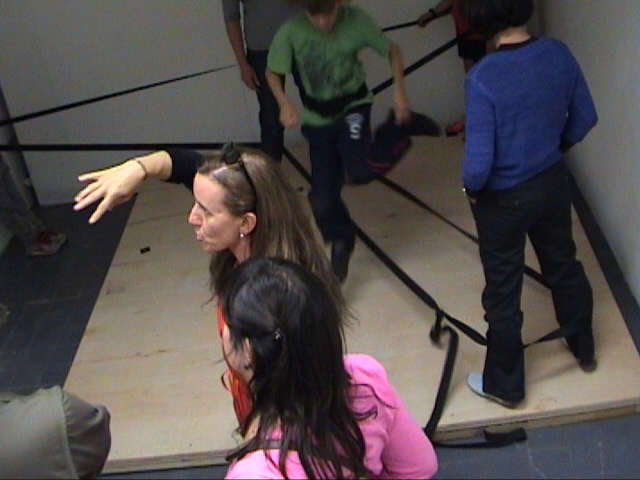Seeds of Attachment
The project running from 1 September 2016 to March 2017 consists of three phases:
1) micro residency at Lowenfeld Library, Centre for Family Research, University of Cambridge, to draw and design an object/sculpture in relation to the Lowenfeld puzzles;
2) participation to Art Language Location (10/23 October 2016) with a series of dialogues through the activation of the newly made sculpture, with mothers around the city and their school run;
3) an exhibition at New Hall Collection
Do come back for more as it develops!
The above was awarded a Grants for the Arts, Arts Council England, and generously supported by all partners involved
Q21 MuseumsQuartier Wien
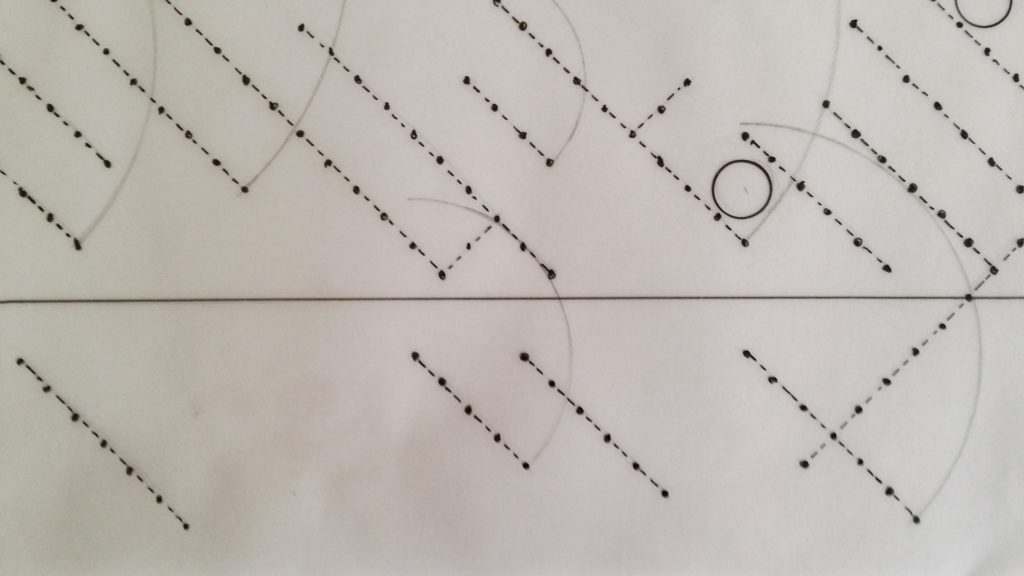 lived dialectics: movement and rest
lived dialectics: movement and rest
Elena Cologni
site specific performance
27 July 2016, 10-11:00 and 17-18:00
Venue: stroll from MQ courtyard 7 (in front of AZW) to Burgtor/ Heldenplatz
“…a pre-reflexive corporeal awareness manifested through everyday’s gestures and behaviors and typically in synch with the spatial and physical environment in which the action unfolds….bodily routines as contributing to the lived dimensions of place, including attachment grounded in habitual regularity…¬† the simple act of walking with its movement and rest patterns….”
Cologni spent a month as residency artist in Vienna to think and develop a body of work about issues of place attachment, where Freud initiated studies on mother-infant attachment. Our identity evolves in relation to our continuous engagement with place, and most importantly, in relation to others.  The context of the residency format functions as a metaphor for a temporary setting within a nomadic approach to life, a very current and widely shared social condition. Cologni invites others to physically test and feel.
Curated by Walter Seidl und G√ľlsen Bal
Image: Study for site responsive drawing (courtyard), Elena Cologni, 2016
http://www.q21.at/jp/programm//programmdetail/elena-cologni-lived-dialectics-movement-and-rest/
studio shelf, makette, Elena Cologni
My time in Vienna is an opportunity to think and develop a body of work about issues of place attachment and belonging, and within the wider context of a critical ecology of memory. My work has been addressing our continuous engagement with place, and how, in the live process of memorizing (and recollect) our experience, we change our very perception of it. Our identity inevitably evolves within this dynamics, and, most importantly, in relation to others.
Years ago, I chose to leave my country of origin, and I still now find myself in the position of renegotiating who I am in relation to it on a daily basis. As an artist recently developing almost exclusively site specific projects, in order to create the work I tend to experience a deep sense of attachment to the place, and then mourn a loss brought about by the following separation from it. This is a very current and widely shared social condition, and its effect on the individual and society as a whole is hard to predict, I can only start looking into it subjectively.
invited by frei_raum Q21 exhibition space MuseumsQuartier Wien
http://www.q21.at/artists-in-residence/artists/artistinfo/elena-cologni/
GROPIUS’ IMPINGTON ART AND RURAL COMMUNITIES
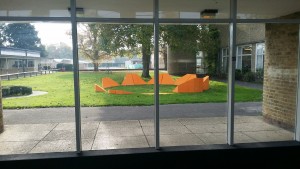 The research by Elena Cologni at Impington College since October 2014, is funded by the Arts Council of England to mark the 75th anniversary of the only British publicly funded building by Walter Gropius, looking back to the impact of rural community of agricultural workers migrating to the area in 1930’s.
The research by Elena Cologni at Impington College since October 2014, is funded by the Arts Council of England to mark the 75th anniversary of the only British publicly funded building by Walter Gropius, looking back to the impact of rural community of agricultural workers migrating to the area in 1930’s.
The program devised is part of the Cambridge Festival of Ideas and includes:
24 October -1 November, 12-4 pm ‚ÄėA Modernity which forgets‚Äė,¬† exhibition by Elena Cologni contextualised by theoretician Cristina Bogdan‚Äôs specially commissioned virtual tour, open every day
25 October: 1-3 pm: Art and the rural, workshop led by Rebecca Beinart  workshop: art and the rural
29 October: 1-3 pm. Power and Space,  workshop led by Elena Cologni  workshop: power and space
31 October: 12-5 pm: GROPIUS’ IMPINGTON, power and space, art and the rural, Symposium  symposium: power and space, art and the ruralwith contributions from other theorists and artists: Gulsen Bal, Rebecca Beinart, Cristina Bogdan, Elena Cologni, Ian Hunter, London Fieldworks, Alana Jelinek, Ian Nesbitt, Bram Thomas Arnold, Aid & Abet
The year long research Elena Cologni conducted as part of a residency at Impington College to contribute to the 75th anniversary of the only British building by Gropius, adopting an ‚Äėart as interface in society through dialogue‚Äô approach. Gropius modernist building‚Äôs use by the rural community (eg. agricultural workers migrating to the area in1930‚Äôs)¬† informed workshops, performances, sculptures,¬† roundtable, symposium, screenings, events and publication, including:
‚Äď ‚Äėdialogic and interdisciplinary‚Äô roundtable discussion¬†(Cologni with Anna Santomauro from Vessel, Tahara Fitzwilliam from Circuit Cambridge, Julian Klein director of Institute for Artistic Research, Berlin) on the 24th of October 2014, part of¬†the conference Building Interdisciplinary Bridges Across Cultures, CIAN network University of Cambridge.
‚Äď lo scarto, site specific, Castelvetrano Selinunte, April 2015 Sicily https://rockfluid.com/lo-scarto;
‚Äď lo scarto (touch), participatory investigation, July 2015 in #TransActing A Market Of Values, presented by Critical Practice and forms part of Camberwell, Chelsea and Wimbledon Graduate School‚Äôs Public Programme http://events.arts.ac.uk/event/2015/7/11/-TransActing-A-Market-of-Values/.
‚Äď ‚ÄėPre-linguistic Dialogues‚Äô at Cognitive Futures 2015 ‚ÄĒ Forging Futures from the Past: History and Cognition¬† Conference Oxford University, 13-15 April 2015
-Elena Cologni interviewed by Brainard Carey on Yale University Radio, May 2015 , including a preview of the work for Impington Gropius Building , available here  http://museumofnonvisibleart.com/interviews/elena-cologni/
‚ÄďArtistic Research: Practice and Research re-deÔ¨Āning each other, seminar at University of Cambridge, Faculty of Education, Graduate School, Wednesday 28 January 12.30-1.30. 1.30-2.30 Session 3 (chaired by Pam Burnard)
‚Äst Lo scarto, A Dialogic Approach For The Artist As an Interface in an Intercultural Society, CARU | Arts re Search Conference 2015, Oxford Bookes
‚Äď A Modernity which Forgets, exhibition at Impington Village College, October 2015, Cambridge Festival of Ideas, with related publication
-Workshops: Gropius’ Impington: art and the rural, by Rebecca Beinart and Gropius’ Impington: power, space and memory, by Elena Cologni
Gropius’ Impington: power and space, art and the rural, symposium :Introduced by the Principal Robert Campbell, contributors include: Gulsen Bal, Rebecca Beinart, Cristina Bogdan, Elena Cologni, Alana Jelinek, Ian Nesbitt, Bram Thomas Arnold -Aid & Abet among others, at Impington Village College, October 2015, Cambridge Festival of Ideas
‚Äst I am stuck! memory and place attachment in situated art practice and research, in A & R | ARTI E RICERCA | ARTS AND RESEARCH conference, November 2015, Accademia di Belle Arti di Catania, funded by the Ministry of Culture and Education.
‚Äď ‚ÄėReciprocal Maieutics: An Approach For The Artist As an Interface In an Intercultural Society‚Äô. In Pamela Burnard, Elizabeth Mackinlay, Kimberly Powell, The Routledge International Handbook of Intercultural Arts Research, London, New York, Routledge Publishing (2016)
These activities are produced by Rockfluid. This is an umbrella project addressing the relation memory-place, outcome of a residency at Faculty of Experimental Psychology, Cambridge (ACE Grant, Escalator Live art and Visual Art, 2011-13) . A substantial body of work was developed including: Spa(e)cious (Wysing Arts Centre, MK Gallery, Uk, Performace studies international, Stanford USA, Bergamo Scienza ,Italy, 2013, Institute for Artistic Research, Berlin, Germany 2012), L‚Äôelastico, Anglia Ruskin (curator Bronac Ferran) ‚ÄėNavigation Diagrams‚Äô, MK Gallery, ‚ÄėBalancing‚Äô, Doppelgaenger Gallery, Bari, Italy, Athens Biennale (2013-14) Curators Vessel .
Overall Rockfluid is a project for artistic research in dialogue with other disciplines, involving general public, other artists and academics. This residency allows me to frame my work within the dialogic approach, and underline the crucial role of art in society.
lo scarto (touch), at #TransActing: A Market of Values
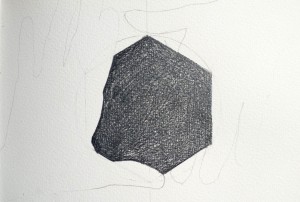
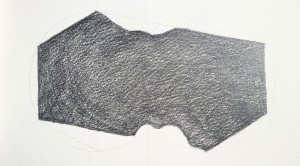 The space between people as residue and difference, and the knowledge of each other is embedded in objects produced in a process of visualisation through touch (prelinguistic).
The space between people as residue and difference, and the knowledge of each other is embedded in objects produced in a process of visualisation through touch (prelinguistic).
A ‘question’ already implies an openness to the others’ response, towards their background and differences (cultural, gender…). In particular, in the encounter the space between hands is inhabited, the distance between two persons become materialized, and acts as point of contact, exchange and separation. This is also how “communicative memory works, through the integration of different traditions, an aspect of which will be lost or discarded along the way… ‘lo scarto’, offcut, scrap, residue of culture…” In this process the space as residue and difference is articulated through touch, and the knowledge of each other is embedded in the resulting produced objects.
This process refers to the Reciprocal Maieutic Approach (Dolci 1988, Cologni 2016), as a way of sharing one’s own experience to inform the other’s.
References:
images: lo scarto (touch: squizing), graphite on paper,  Elena Cologni
Cologni E., rockfluid.com/lo-scarto
Cologni, E.(2016) ‘A Dialogic Approach For The Artist As an Interface in an Intercultural Society ‘. In Burnard, Mackinlay, Powell, The Routledge International Handbook of Intercultural Arts Research New York, London: Routledge
Dolci, D. (1988) Dal trasmettere al comunicare, Non esiste comunicazione senza reciproco adattamento creativo, Casale Monferrato: Ed Sonda
come and take part to 
  #TransActing: A Market of Values organised by Critical Practice
12-5pm on Saturday, 11th July 2015 in London, at Chelsea College of Arts on the Rootstein Hopkins Parade Ground, across from Tate Britain.
This bustling pop-up market will feature artists, designers, civil-society groups, academics, ecologists, activists and others who creatively explore existing structures of evaluation and actively produce new ones.
Organised by Critical Practice, #TransActing will take place on the historic Rootstein Hopkins Parade Ground, located between Tate Britain and Chelsea College of Arts.Care, trust, creativity and generosity are forms of exchange that coexist with money but cannot be made equivalent to pounds and pence. The Market will showcase skillshares, repair hubs and hacklabs, organ donation, expert and enthusiast knowledge and other resources. Diverse forms of value production will animate economies beyond the financial. It’s wealth beyond capital that will be produced at #TransActing.
The Market of Values will be hosted in bespoke structures built by Critical Practice, Public Works and others. These stalls will be interspersed with other spaces of assembly and exchange: a speakers’ corner, a social cinema, while multiple currencies will circulate, not all of them monetary.
Whilst the values of competitive markets dominate contemporary life, including art and its education, other kinds can and do coexist. Some even flourish in alternative communities of evaluation. #TransActing will nurture and celebrate these value relations in a spectacular one-day event.
About Critical Practice Research Cluster. It’s a cluster of individual artists, designers, curators and other researchers, supporting critical practice within art, the field of culture and organization.
http://www.criticalpracticechelsea.org | criticalpracticeinfo@gmail.com
lo scarto-scambi
ripensandoci:  il contenuto legato allo scambio, e per questo la cronologia è importante | in retrospect: the content linked to the exchange, and in this chronology is crucial
feedback da parte deo partecipanti| participants’ feedback
… comincio col ringraziarti per avermi e averci dato la possibilit√† di lavorare con te. Un lavoro del tutto nuovo che mi ha formata e fatto crescere molto, sia personalmente che culturalmente. Mi √® piaciuto lavorare all’aperto, sentire gli occhi delle persone, le voci e le mani che volevano toccare i nostri lavori. Mi √® piaciuto soprattutto il momento della “pollinazione”, ho visto la gente molto incuriosita e coinvolta e questo mi ha stupida molto, non pensavo potessero avere questa reazione positiva. Mi ha aiutata molto il gruppo, sentire davvero gli altri ragazzi che lavoravano con me, e, guardandoci, ho notato che spesso riuscivamo a capirci senza troppe parole e a ritrovare il silenzio e la concentrazione. Il lavoro fatto nei giorni precedenti mi √® servito durante le meccaniche che avevamo preparato e che poi, sul momento, ho anche cambiato diverse volte per sperimentare, insieme al mio compagno, cose nuove sulla base dei lavori fatti. Il mio, personale, miglior feedback, per√≤, l’ho avuto dal gruppo, dai ragazzi con cui ho condiviso quest’esperienza. Inizialmente ero un po’ scettica, la mia prima parola usata quando dovevamo descriverci √® stata “fredda”. Ero fredda non a causa del vento. Conoscevo soltanto una ragazza e tutti gli altri mi sembravano molto lontani dal mio mondo. Poi, parlando e lavorando, quella persona “fredda” √® andata via per lasciare spazio ad una pi√Ļ aperta e ricettiva. Un nuovo modo di lavorare e un nuovo modo di imparare, prendere dal donare… (Roberta Marchese)
… I shall start by saying thank you to allow me/us to work with you. A completely new approach which has made me grow both personally and culturally. I liked to work outdoors, feel people’s eyes, voices, and their hands which wanted to touch the works we were holding. I particularly likes the “pollination” moment, I saw people very curious and engaged, and this was very surprising for me, I did not think they could have such a positive reaction. The group helped me a lot, really feeling others working with me, and, by looking at each other, I noticed that we could often understand each other without too many words, and to find silence again, and focus.¬† Our training in the days before was useful during the mechanics we had prepared and then, on the spot, I have also changed them many times to experiment, together with my partner, new things based on things we had done before. My personal, and best feedback, though, was what I had from the part of the group, from the guys with whom I shared this experience. I had approached this with a but of skepticism, my first word used when we had to describe ourselves¬† was “cold”.¬† I was cold not from the wind. I only knew one girl and all the others it seamed very far from my own world. Then, through talking and working, that “cold” person left to leave room for a more open and receptive one. A new way of working and a new way of learning, taking from giving.¬†
lo scarto
lo scarto
Elena Cologni
Castelvetrano Selinunte (TP, Sicilia) Italy
Il progetto ‘lo scarto’¬† sviluppato da Elena Cologni, artista italo inglese selezionata per la residenza IArt in Sicilia insieme a CLAC, ha prodotto 10 disegni, 40 sculture ‘da mano’,¬† due giornate di laboratorio (22-23 aprile) e performance finale nel sistema delle piazze a Castelvetrano Selinunte il 24 aprile 2015.
The project ‘lo scarto’ developed by Elena Cologni, italian artist resident in the UK selected for a the IArt Residency in Sicily with CLAC, produced 10 drawings, 40 sculptures ‘for hands’, two workshops (22-23 April) and a final performance in the Sistema delle Piazze (central square system) in Castelvetrano Selinunte on 24th of April 2015.
teaser u spinnu 
Cologni dice: ‘ Durante la mia residenza ho cercato di capire la dinamica dialogica messa in atto da Danilo Dolci, e provato a tradurre la maieutica reciproca in termini di disegni, oggetti e performance per evidenziare il significato dello spazio e distanza tra le persone nell’atto comunicativo: lo scarto. La dimensione intima nella dinamica dello scambio uno a uno, a quella sociale piu’ ampia che pu√≤ avvenire in uno spazio pubblico, in cui inevitabilmente si incontra anche la storia.’
Cologni states: ‘ During my residency¬† I tried to understand Danilo Dolci’s dialogic dynamics, by translating his ‘reciprocal maieutics’ through drawings, sculptures and performance to highlight the meaning to be found in the space, and indeed distance between people during the communicative act: lo scarto (the left over, the scrap).¬† The intimate dimension in the one-on-one exchange dynamics, but also the more widely social engagement in public space, where inevitably history plays a role.
Workshop 1: ‘Attendendo dall’altro un raro sincronismo’ (Giuseppe Salluzzo, appunti di workshop con Danilo Dolci, 1990’s), scopo: capire la maieutica reciproca (Danilo Dolci) in ambito prelinguistico e risultato cercato: il ‘vedere’ lo spazio tra noi. | ‘waiting for a unique/scarce moment of synchronicity’ (Giuseppe Salluzzo, notes from a workshop with Danilo Dolci, 1990’s), aim: to understand reciprocal maieutics (Danilo Dolci) through a prelinguistic approach, while trying to ‘see’ the space among us.
Workshop 2: ‘struttura del silenzio (spazi fisici e temporaei)’ (Dolci, D., Dal trasmettere al comunicare, ), con lo scopo di: capire la maieutica reciproca in ambito prelinguistico, cercando di: ‘vedere’ lo spazio tra noi e l’architettura | ‘the structure of silence (physical as well as temporary spaces)’ aimed at: understanding reciprocal maieutics through a prelinguistic approach, while trying to ‘see’ the space among us and with the architecture (Dolci, D., Dal trasmettere al comunicare, )
Lo scarto quindi √® uno dei concetti di Dolci adottati, nell’evento performativo il 24 aprile nel Sistema delle Piazze, definito in collaborazione con i partecipanti ai laboratori Aurora Taormina, Francesca Bianco, Marilyn Buscemi, Valentina Cangemi, Alessandra Sparacia, Federica Passanante, Roberta Marchese, Enza Valentina Di Piazza, Irene Moceri, Gabriele Marchica, Vito Cafiso, per lo pi√Ļ ragazzi, che, lavorando in coppia, hanno voluto condividere la loro interpretazione gestuale di una serie di input come scarto, azione-reazione, ostacolo, silenzio e ascolto. Tali movimenti hanno riattivato una lettura del passato attaverso una puntualizzazione dell’architettura del sistema di piazze, testimone della storia di questo luogo in cui religione e natura, mito e scienza si sono intrecciate, e tuttora insite nella vita della sua gente (evidenziati nello schema per la performance il castello federiciano Bellumvider, chiesa di San Pietro, teatro Selinus, la fontana della Ninfa, che intersecano direzioni di scorci offerti dalle piazze)
Lo scarto thus is one of the concepts by Dolci adopted in the performance event on 24th April in the main square system, defined in collaboration with the workshops’ participants Aurora Taormina, Francesca Bianco, Marilyn Buscemi, Alessandra Sparacia, Federica Passanante, Roberta Marchese, Enza Valentina Di Piazza, Irene Moceri, Gabriele Marchica, Vito Cafiso. These mainly teen agers, worked in pair to share their movement based interpretation of such concepts as: scarto/scrap, action-reaction, obstacle, silence and listening.¬† Such movements have reactivated a reading of the past through a punctuation of the architecture, bearer of the history of this place where religion and nature, myth and science intertwined, and are still imbedded in its people’s lives (highlighted in the design for site specific performance Bellumvider Castle of Frederick II, San Pietro church, Selinus theatre, Ninfa fountain, intersecting trajectories from specific viewpoints in the squares).
‘Si ha la tendenza di passare attraverso i luoghi senza davvero viverli, la performance cerca di offrire alla gente l’opportunit√† di capire che lo spazio tra noi, cosi’ come quello intorno noi, e la sua storia ci appartengono, pur vivendoli per un breve periodo. La consapevolezza dell’ identit√† della gente in relazione ai propri luoghi √® un bene da proteggere e coltivare’ . Elena
‘We tend to go through places without inhabiting them. The performance tries to offer people the opportunity to understand that the space between us, as well as that around us, and its history belong to us, even if we inhabit them only for a short amount of time. The awareness of one’s own identity in relation to one’s own place must be cherished and nurtured ‘ . Elena
l’ascolto era alla base del nostro lavoro/listening was instrumental for our work
Ecco cosa √® successo il 24 aprile /here’s what happened on April the 24th
‘Elena, hai messo insieme artigianato, storia locale, architettura, studenti e persone comuni, creano spazi di relazione, hai ragionato e operato come avrebbe fatto Danilo Dolci attraverso al condivisione a vari livelli…dimenticavo anche con i tuoi figli, come faceva Danilo | Elena you operated by connecting craft, local history, architecture, students and passers by, producing relational spaces. You worked as Danilo Dolci would have, through sharing at various levels… almost forgot, with your kids too, just like Danilo used to.’ Giuseppe
Segue breve commento di Pino Lombardo che ha lavorato con Danilo Dolci, dopo la performance del del 24 aprile 2015 a Castelvetrano | Short comment by Pino Lombardo, who worked with Danilo Dolci. After the participatory performance 24th April 2015:
‘questo mi √® piaciuto perch√® porta il gruppo a correlarsi con l’esterno, io dall’esterno guardando trovo il momento che poi √® conclusivo importante. …..lavorare con questi giovani e nel momento in cui loro si mettono in gioco, cos√¨, seduti in piazza la gente pensa ‘ma cosa fanno?’, allora,¬† ecco,¬† arrivare l√¨ ….c’√® una crescita, una maturazione particolare, non ci si arriva cos√¨, e qui, ecco: √® il lavoro del maieuta. | I liked this particularly because it takes the group to relate to the outside. Looking at this from the outside I found this moment important…. to work with this youngsters and in the moment when they expose and present themselves, like this, sitting down in the square, and people might think ‘what do they do?’, then, to get to that point… it involves a development, a particular maturity, one does not achieve it just like that: this involves the work of a person who ‘does maieutics’ ‚Ä™. Pino Lombardo
da/from Cologni, E., ‘Reciprocal Maieutics: An Approach For The Artist As Interface In Intercultural Society’ (2015), in International Handbook of Intercultural Arts Research, London, New York, Routledge Publishing.
Il feedback avuto dai partecipanti ha confermato che attraverso la costruzione e condivisione di nuove memorie abbiamo formato una nuova piccola comunit√† con una maggiore apertura verso l’esterno. Roberta, ad esempio mi ha mandato il suo pensiero dopo la performance finale: ‘…un lavoro del tutto nuovo che mi ha formata e fatto crescere molto, sia personalmente che culturalmente. Mi ha aiutata molto il gruppo, sentire davvero gli altri ragazzi che lavoravano con me, e, guardandoci, ho notato che spesso riuscivamo a capirci senza troppe parole e a ritrovare il silenzio e la concentrazione.…Inizialmente ero un po‚Äô scettica, la mia prima parola usata quando dovevamo descriverci √® stata ‚Äúfredda‚ÄĚ. Ero fredda non a causa del vento. Conoscevo soltanto una ragazza e tutti gli altri mi sembravano molto lontani dal mio mondo. Poi, parlando e lavorando, quella persona ‚Äúfredda‚ÄĚ √® andata via per lasciare spazio ad una pi√Ļ aperta e ricettiva. Un nuovo modo di lavorare e un nuovo modo di imparare, prendere dal donare‚Ķ ‘
Ovviamente la performance finale si √® rivelata essere difficile in una citt√† non abituata all’arte contemporanea, e dove un nuomero di interferenze si sono presentate: dalle grida di gruppi di giovani, a turisti in cerca di monumenti, perfino le macchine della polizia nella zona pedonale…. e come abbiamo reagito a tutto questo?¬† Qualcuno spostando l’attenzione come Enza, che disse: ‘… √® stato molto utile ripensare al silenzio creato quando eravamo distesi… Alla fine anche le interferenze sono state integrate nel lavoro, ogni suono,voce diveniva parte dello sfondo …’ Altri hanno reagito come Gabriele, che disse di avere ‘ imparato ad adattarmi agli spazzi e ai vari inconvenienti che detta la gente.‘ Inoltre i partecipanti si spono trovati loro stessi nella posizione di aprire il contesto artistico agli altri proponendo un interazione attraverso le piccole sculture.¬† Roberta dice: “Mi √® piaciuto lavorare all‚Äôaperto, sentire gli occhi delle persone, le voci e le mani che volevano toccare i nostri lavori. Mi √® piaciuto soprattutto il momento della ‚Äúpollinazione‚ÄĚ, ho visto la gente molto incuriosita e coinvolta e questo mi ha stupida molto, non pensavo potessero avere questa reazione positiva. ” I partecipanti ai workshop erano tutti locali ed era chiaro come il lavoro fatto insieme abbia¬† rotto alcuni preconcetti da parte di tutti che avrebbero fatto ripetere comportamenti insiti nel tessuto sociale locale e tra i diversi gruppi.
Ma uno degli aspetti che ho apprezzato maggiormente √® stato l’affiorare della soggettivit√† a dare al lavoro un senso, inevitabilmente legato al contesto sociale attuale della Sicilia. Alessandra, una dei partecipanti ha condiviso con noi le sue paure e preoccupazioni per il futuro. A poche ore dalla tragedia avvenuta¬† in 19 Aprile 2015, quando circa 700 migranti persero la vita a pochi chilometri dalla costa mentre erano alla ricerca di una vita migliore. Alessandra ha anche condiviso il suo momento di comprensione dicendo che solo attraverso la conoscenza di cio’ che non si conosce (superando il gap/lo scarto) che riusciamo a vincere la paura, e questo pensiero ha preso corpo in una delle azioni nella performance finale, dove stava in equilibrio su uno degli assi di legno, mentre¬† cercava il supporto della sua compagna di lavoro Francesca.
The feedback I had from the participants confirmed that through this strategy a new established community was now sharing newly constructed memories, and a more open attitude towards others. Roberta, for instance sent me her feedback after the final performance where she stated: ‘A completely new approach which has made me grow both personally and culturally. The group helped me a lot, really feeling others working with me, and, by looking at each other, I noticed that we could often communicate without too many words, and to find silence again, and focus…..I had approached this with a bit of skepticism, my first word used when we had to describe ourselves was ‚Äúcold‚ÄĚ.¬† I was cold not from the wind. I only knew one girl in the group and all the others seemed very far from my own world. Then, through talking and working, that ‚Äúcold‚ÄĚ person left to make room for a more open and receptive one. A new way of working and a new way of learning, taking from giving.’
Of course the final performance proved quite challenging in a city not used to contemporary art, and where a number of interferences presented themselves: loud gangs of youngsters, tourists looking for monuments, even police cars in the pedestrian area…so how did the participants dealt with all these? Some by shifting the focus like Enza, who said: ‘ It has been very useful to think about silence, as we did when we were laying down in the workshop…. in the end interferences have been integrated in the work, and every sound, voice became part of the background’. Others reacted to them, like Gabriele, who ‘ learnt to adapt to open spaces and to the various glitches working with people may entail’. Moreover the participants found themselves in the position of opening up the art context to others by proposing an interaction through offering each one of the small sculptures. Roberta said: “I liked to work outdoors, feel people‚Äôs eyes, voices, and their hands which wanted to touch the works we were holding. I particularly liked the ‘pollination’ moment, I saw people very curious and engaged, and this was very surprising for me, I did not think they could have such a positive reaction”. The participants in the workshops where all local and it became clear that the work done together and the artistic activities allowed them to break preconceptions which would perpetuate existing social patterns among different groups.
But one of the aspects I cherished the most was the arising of personal narrative, which gave the work a real sense of purpose, and inevitably linked to the current social context in Sicily. Alessandra, one of the participants shared her worries and fears for the future, as our activity was just a few hours after the tragedy on 19th April 2015, when some 700 migrants died a few miles away in the Mediterranean sea, while looking for a better life. Alessandra shared with us her moment of realization, by saying that it is only through knowing the unknown (transpassing the gap/lo scarto) that we can overcome fear, and this was embedded into one of the actions of the final performance, where she was balancing on one of the provided wooden boards, while looking for support from her work partner Francesca.
***
Elena Cologni ringrazia l’organizzazione di IArt, CLAC, il Museo Civico Selinuntino e il Comune di Castelvetrano Selinunte, CRESM, Belice Epicentro della Memoria Viva Gibellina, la Rete Museale e Naturale Belicina, il Liceo Classico G.Pantaleo e l’Akkademia del Teatro Selinus e tutte le persone che hanno dedicato il loro tempo, passione, pazienza, cultura ed esperienza attivando uno scambio vitale per la riuscita del progetto. | Elena Cologni thanks the organizers of IArt, CLAC, Museo Civico Selinuntino and Comune of Castelvetrano Selinunte, CRESM, Belice Epicentro della Memoria Viva Gibellina, la Rete Museale e Naturale Belicina, Liceo Classico Giovanni Pantaleo and the ‘Akkademia del Teatro Selinus, as well as all people who gave their time, passion, dedication, culture and experience thus activating the exchange vital for the realization of the project
28 Aprile: ‘Un grazie sentito per tanta generosita’ a tutti. E’ stata un’esperienza che mi ha cambiata, arricchita di energia nuova. Al sindaco Ferrante per la promessa di custodire le mie opere adeguatamente. A Mariella Morici assessore addetto al progetto ‚Ä™#‚ÄélArt‚Ĩ per il comune, per i preziosi consigli e schiettezza. A Tania Barresi, preside del Liceo Classico Pantaleo. A Filomena entusiasta addetta del Museo Selununtino a Castelvetrano. Ringrazio tutti di ‚Ä™#‚Äélworld‚Ĩ e ‚Ä™#‚Äéclac‚Ĩ , Cristina Alga , Naida Samon√† e la nuova amica Marina Sajeva per il continuo supporto. Pietro Milici e Gabriele Gismondi professionisti eccezzionali e splendide persone. A Giacomo Bonagiuso per il prezioso aiuto in fase workshops e performance; a tutti i ragazzi coinvolti del liceo e della scuola del teatro Selinus e quelli provenienti da altri percorsi e menzionati sopra con cui ho condiviso domande, risposte e scelta a porre ‘l’ascolto’ al centro del nostro lavoro. I loro genitori. E anche a chi ha accolto la nostra offerta inaspettata e partecipato . Leonarda Paladino per l’entusiasmo nei confronti del mio approccio sulla maieutica di Danilo Dolci ed avermi introdotto Pino Lombardo, il cui incontro segna un inizio di riflessione e confronto. Fondamentale per tutto il mio periodo di residenza lo spazio del b&b SanGiovanni a Castelvetrano Selinunte , grazie a Vito Salluzzo con una soluzione ad ogni richiesta, e alla sempre sorridente mamma . All’artigiano Leonardo che ha messo a disposizione esperienza e mezzi; a Gianni Polizzi generoso e bravo fotografo. Filippo Siragusa per l’apprezzamento del mio lavoro. A Giuseppe Maiorana per aver iniziato uno scambio sull’importanza del vivere la memoria a Gibellina e a Sabrina per la riflessione sull’importanza del silenzio. Giuseppe Salluzzo per aver condiviso la sua esperienza diretta dell’approccio di Dolci e passione per l’architettura e l’arte del Belice e di Castelvetrano, sempre in perfetta sintonia. Nell’attesa di festeggiare il risultato del nostro lavoro insieme vi ringrazio davvero di cuore per avermi fatto guardare per un po’ attraverso i vostri occhi. Elena’
Short Bio. Elena Cologni studied at Accademia di Belle Arti Brera in Milan, ¬†she has a Master in Sculpture, Leeds University and a PhD (scholarship) from University of the Arts, Central Saint Martins College, Londra (2004). She won post-doctorate award (Arts and Humanities Research Council, 2004/06) at the same institution (one of the outcomes is Mnemonic Present, Un-Folding¬†series of video live installations 2005-2006), a research fellwoship at York Saint John’s University (2007/09), and she is at the moment contributing to the ¬†Commonwealth Intercultural Arts Network (University of Cambridge) (2013/14). Cologni’s interests include: resercah as art practice, documentation of ephemeral art, memory in the present, temporalities, dialogic approach in participatory practice in(ter)disciplinary. She also contributes to the Circuit program for young people led by Tate and funded by the Paul Hamlyn Foundation)
She won residencies including: at the Centre for Contemporary Arts Glasgow (to work at Re-Moved alla Biennale Glasgow international 08), at the Yorkshire Sculpture Park (Arts Council of England, UK Geomemos), at Impington College Cambridge, for the celebrations of the 75th Gropius building anniversary where she adopting an ‚Äėart as interface in society through dialogue‚Äô approach, and at the University of Cambridge, Faculty of Experimental Psychology. The Rockfluid project is the main outcome, winning two Grant of the Arts, Arts Council of England, Escalator Visual Art Retreat at Wysing Arts Centre, and Escalator live art, Colchester Arts Centre. This generated a number of site specific and participatory works such as: Spa(e)cious (Wysing Art Centre, Galleria Artra Milan, MK gallery Milton Keynes, Philosophy and performance group, performance Studies international and Kingston University Art Research Unit, Bergamo Scienza), Navigation Diagrams (MK Gallery, UK), U’ Verruzze’ and Balancing (as part of Radio Materiality, curators Vessel, Bari, Athens Biennale 2013, and Doppelgaenger Bari, Italy 2014). Rockfluid is based on a strong interdisciplinary approach to investigate creatively the impact of memory, perception and places on our identity.
BALANCING, Bari
DOPPELGAENGER 7/27 March 2014   http://www.doppelgaenger.it/?lang=en
Venerd√¨ 7 marzo la galleria Doppelgaenger ospita il progetto speciale Balancing di Elena Cologni, artista italiana con base al Wysing Art Centre di Cambridge, nel Regno Unito. Balancing √® la seconda fase di un progetto site specific che prende avvio all‚Äôinterno di Radio Materiality, iniziativa curata dall‚Äôassociazione culturale Vessel a Bari nell’estate del 2013. La prima fase del progetto ha visto l‚Äôartista impegnata in un dialogo con alcune donne-madri-lavoratrici per approfondire una serie di riflessioni sull’ aspetto sociologico del concetto di fiducia. I dialoghi sono stati tradotti in una raccolta di testimonianze sonore e presentati alla Biennale di Atene del 2013. La seconda fase, posa plastica finale del progetto, √® un‚Äôinstallazione performativa. L‚Äôartista ha realizzato dieci sculture in legno a forma di trottola con la punta in grafite. La trottola – detta volgarmente Virruzzo ‚Äď descrive meglio di qualsiasi altro oggetto la tensione del moto verso un equilibrio alterabile, come quello tra una madre e il proprio figlio. Il pubblico potr√† partecipare alla performance come in un gioco lasciando che le trottole disegnino, con la grafite, il loro percorso su uno scivolo di tessuto realizzato da Cologni per la scalinata della galleria. Il progetto Balancing √® allo stesso tempo manifestazione e ricerca di equilibrio: focalizza l’attenzione su una realt√† sociale in costante movimento, realt√† dalla quale dipendono instabilit√† e precariet√† dell‚Äôequilibrio e dove le madri rimangono l‚Äôasse di rotazione per rileggere la storia in funzione del cambiamento.
¬†Friday 7th of March Doppelgaenger Gallery hosts the special project Balancing by Elena Cologni, Italian Artist based at Wysing Art Centre near Cambridge, in the UK. Balancing is the second phase of a site specific project developed in the context Radio Materiality, curated by cultural association Vessel in Bari in the summer of 2013. For the latter, the artist engaged through dialogues with mums living and working in the city, instrumental for an investigation into the sociological aspect of the notion of trust. The dialogues, translated in a collection of sound documents, have been presented at the Athens Biennale in 2013. The second phase, brings various elements of the project together as a performative installation. The artist has realized ten custom made wooded spin tops with a graphite finished point. The spintop – in the local jargon ‘Virruzzo’ – better than any other object represents a tension towards an alterable balance, never still, just like the one between a mother and her own child. The public will be able to participate in the performance as a game, allowing the spintops to draw their journey down a fabric made slide Cologni will construct on the two flights of the staircase in the Gallery. The project Balancing is manifestation of, and search for, equilibrium at the same time. It points at a social realm in constant evolution, where that very balance becomes unstable and precarious. Within this context mothers act as axes of rotation for taking history forward in new terms
 (first phase of project at https://rockfluid.com/u-struml )
Balancing √® la rielaborazione dei dialoghi avvenuti tra Elena Cologni e alcune madri baresi nell’ambito del processo di investigazione artistica e curatoriale Radio Materiality, che vessel sta portando avanti dal 2012. Il cuore dell’indagine √® rappresentato dall’area euro-mediterranea e dalle dinamiche di carattere socio e geopolitico esistenti in quest’area, in un dialogo immaginativo che parte dalla Puglia (Bari nello specifico) e che si sviluppa in un orizzonte espanso fatto di affinit√†, prossimit√†, conflitti e distanze. Il progetto vede dischiudersi narrative e auto-racconti alternativi, voci altre e dissonanti rispetto a quelle dominanti: voci di donne, di madri, di migranti, di sessualit√† molteplici che delineano un paesaggio identitario multi-centrico e frammentato. La radio diventa cos√¨ una metafora della trasmissione di una voce collettiva fatta di individualit√† e diversit√†, in un processo di riappropriazione del discorso, della parola e dell’espressione in s√©.
24-2-2014 , Sul dialogo
una conversazione tra Elena Cologni e Anna Santomauro
Elena Cologni: Il dialogo √® inteso come modo per interagire, scambiarsi punti di vista, essere testimoni dell’elaborazione del pensiero altrui nel presente. Un’immediatezza¬†che porta con s√© una tensione creativa importante, e vera. ¬†L’accesso all’informazione cos√¨ facile com’√®¬†in questo momento¬†porterebbe a non cercare di capire attraverso gli altri, ma di affidarsi alla tecnologia. E invece ne abbiamo ancora pi√Ļ bisogno. La forma di conoscenza a cui attingiamo attraverso gli altri non √® fatta di nozionismi, ma di esperienza di vita: √® fenomenologica. Anna, che ruolo ha il dialogo nel tuo lavoro di curatore?
Anna Santomauro: Penso al dialogo come a una condizione necessaria e imprescindibile dell’agire umano e dunque dell’agire artistico e curatoriale: anche nelle azioni apparentemente spinte da condizioni e aspirazioni individuali l’elemento dialogico √® sempre e comunque presente. Esiste un livello di inconsapevolezza nell’atto di dialogare all’interno dei processi di produzione culturale, che √® strettamente legato all’elemento collaborativo, sociale e politico del costruire arte e vita a contatto con la realt√† e con la sfera pubblica.
E: Nei dialoghi di quest’estate il tuo ruolo fondamentale, anche se di persona silente, √® stato quello del testimone, no? Ed √® una cosa che per me artista in conversazione con le mamme faceva s√¨ che questi incontri non fossero pi√Ļ solo dialoghi uno a uno. Avvenivano alla presenza di un testimone connotato come tu sei stata in qualit√† di curatore del progetto, e riproducevano la dinamica del ready made, cio√® del fatto di mettere una cosa di uso comune, della quotidianit√†, sul piedistallo. Allo stesso modo la tua presenza poneva questo momento assolutamente al centro-nocciolo del lavoro, che diventava opera. La tua testimonianza mi consentiva di razionalizzare e contestualizzare, e soprattutto di uscire dal dialogo uno a uno e vedere questa dinamica dall’esterno attraverso i tuoi occhi. Allora alla luce di questo, sentivi di avere questo ruolo?
A: Sicuramente il ruolo di testimone c’√® stato: in quei momento mi sono sentita esattamente come colei che guarda ci√≤ che avviene intorno a s√© e che in qualche modo ne porta la memoria, no?
E. Sì.
A: Mi sono chiesta spesso quanto la mia presenza, seppur silenziosa e laterale, avesse poi effettivamente un impatto reale sul lavoro, non soltanto sul tuo intervento, ma sull’intero processo relazionale. Sul fatto cio√® che tu eri consapevole della mia presenza e sul tuo far affidamento sulla mia testimonianza, sul mio ricordo, certa che questo abbia avuto una certa influenza anche sulle mamme. La mia presenza ha modificato e anche semplicemente a livello inconscio √® intervenuta nel flusso della conversazione tra te e le madri per varie ragioni: in alcuni casi per una relazione gi√† esistente tra me e le mamme, in altri per il bisogno diffuso tra tutte noi di approvazione e riconoscimento reciproco. Ho spesso ritrovato questo movimento anche a livello spaziale, nel fatto di dovere collocare le nostre presenze a triangolo, di dover spostare lo sguardo tra tre volti.
E: Allora dopo ti mando una foto che ho fatto di un frammento di un testo di Claire Bishop in cui parla di pratiche collaborative¬† e su cui ho disegnato un diagramma lo scorso autunno. √ą un triangolo con scritto : io Anna mamma –¬† ruoli. Ecco.
A: A livello relazionale inconscio ho sentito sempre di pi√Ļ, incontro dopo incontro, la consapevolezza in me che la mia presenza stesse incidendo sulla vostra conversazione.
E: Secondo te era poi di nuovo un discorso di fiducia? Nel senso che avendo tu facilitato il contatto con le mamme, non sei stata solo il curatore, ma anche l’agente che ha veicolato la relazione con loro. Quindi forse √® stata una questione di fiducia nel senso che tu hai garantito per me e che in virt√Ļ di questo loro potevano fidarsi.
A: S√¨, secondo me era un gioco di conferme a tre in cui ciascuna di noi avvertiva la pressione di voler confermare se stessa, le proprie motivazioni e l’esistenza stessa di quell’incontro alle altre. Quindi s√¨, penso che abbia avuto molto a che fare con l’elemento fiducia.
 ***
Balancing is based on a series of dialogues between Elena Cologni and some mothers based in Bari. The project’s research was part of vessel’s curatorial and artistic process of investigation Radio Materiality, started in ¬†2012. At the heart of this is the European Mediterranean area, with the geopolitical and social dynamics. The Apulia region, more specifically Bari, is the starting point for a dialogue expanding on notions of sameness, proximity, conflicts and distances. A project opening up through narratives and alternative self referential stories, other’s voices at times discordant with the dominating discourse: voices of women, mothers, migrants, and from diverse sexual orientation too. All of these define a multi-centric and fragmentary landscape. The radio thus becomes a metaphor for a collective of diverse voices from individuals. This happens within a process of re-appropriation of the discourse and the ‘word’ therein, the very concept of expressing oneself.
24-2-2014 , On dialogue
a conversation betwenn Elena Cologni and Anna Santomauro
Elena Cologni: Dialogue as a way to interact, exchanging of view points, to be witness of others’ thinking process in that very moment, in the present. An immediacy charged with an important, and real, creative tension. ¬†Today’s easy access to information could suggest to go passed people and go straight to technology to acquire information. Instead we need this even more. The sort of knowledge we have access through others is not constructed on education, but life experience: it’s phenomenological. Anna, what role has the dialogue in your role as curator?
Anna Santomauro: I think at dialogue as a necessary condition, it is unavoidable within human behavior, and thus within artistic curatorial approaches:  even in the actions apparently based on individualistic conditions and aspirations the dialogic element is always present. There is a level of unawareness within the dialogic act in the processes of cultural production, which is strictly linked to the collaborative, social and political aspects this implies, also in bridging art with life, and reality with the public sphere.
E: In the dialogues last summer you had an instrumental role, albeit silent: that of the witness. And this is something which for me as artist in conversation with the mums allowed these encounters to go beyond the one-to-one.¬† These happened in the presence of a witness, with the specific connotation of curator of the project. I think in terms of this dynamics as reproducing that of the readymade: the notion of placing an object of everyday’s use onto a pedestal. In a similar way your presence would place this moment absolutely at the centre¬† of my work. Your testimony allowed me to rationalize and contextualize, and moreover to step out of the one-to-one dialogue and see this dynamics from outside through your eyes. Did you feel you had such a role?
A: I certainly do, the role of witness was there. In those moments I felt exactly as the one who watches what happens around her and who in some ways bears the memories of this. No?
E. Yes.
A: I often asked myself to what extend my presence, however quite and lateral, would effectively impact on your work, not only on your input, but within the whole relational process. How much your awareness of my presence, and your relying on my testimony and on my memories, also influenced the mothers. My presence modified, and even unconsciously, intervened in the flux of the conversation between yourself and the mothers for a number of reasons: in some cases because of an already existing relationship between myself and them, in others due to a need of approval among all of us, and reciprocal recognition as well. I often thought of this dynamics as a movement in a spatial sense, in the positioning of our presences in a triangular shape, and having to move the gaze among three faces.
E: ¬†And so I shall send you a picture I took of a fragment ¬†from a text by Claire Bishop, where she discusses collaborative practices and where I drew a diagram last autumn. It’s a triangle with some writing: ¬†I Anna mum –¬† roles.
A: At an unconscious level, in terms of the relational aspect, I felt more and more, encounter after encounter, the awareness in myself that my presence was having an impact on your conversations.
E: In your opinion was it then again a matter of trust? I mean that because of your role in facilitating the encounters with the mums, in addition of being that of the curator, and as agent for the relation with them, you were there to guarantee for me, that they could trust me.
A: Yes, I think it was a game of confirmations¬†among the three of us, within which each of us could feel the pressure of one’s own confirmation, and motivation, ¬†as well as the very existence of that encounter with each other. Therefore, yes, I think it had a lot to do with the element of trust.
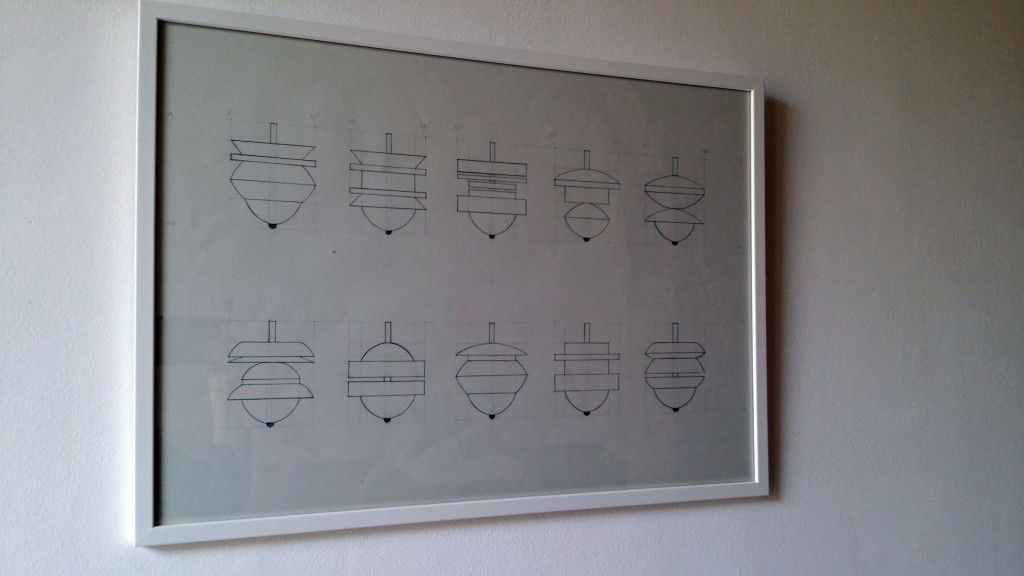
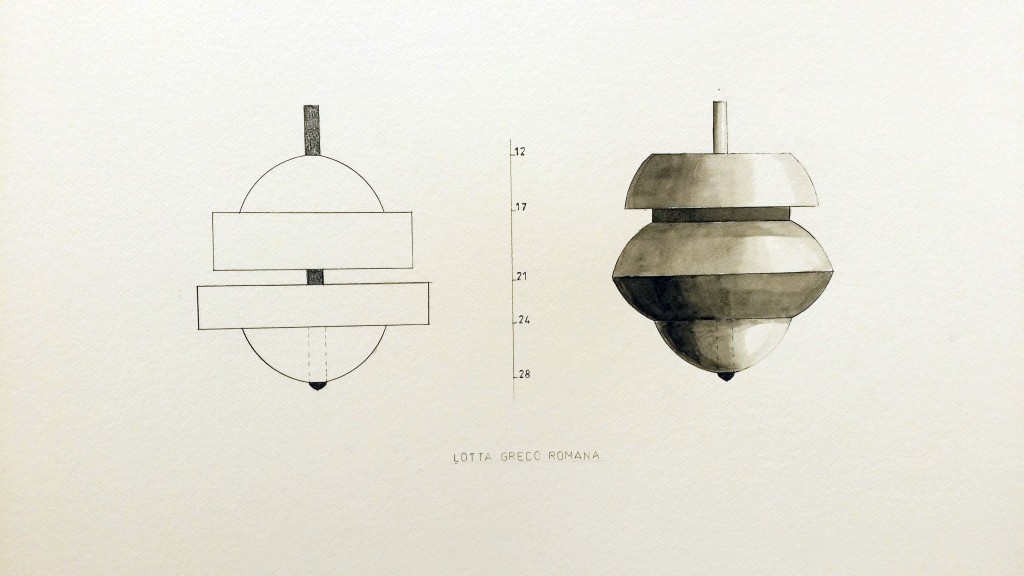
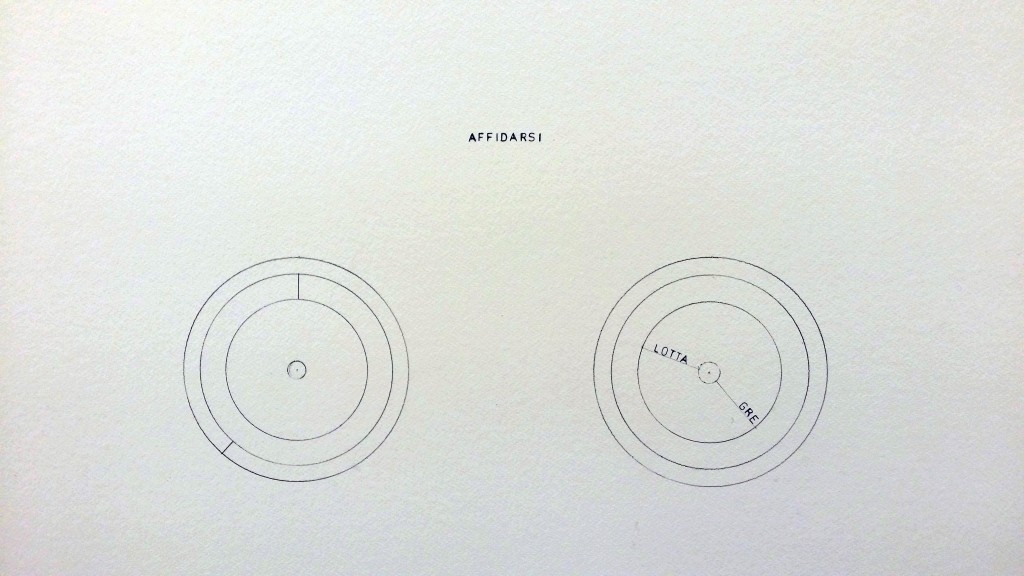
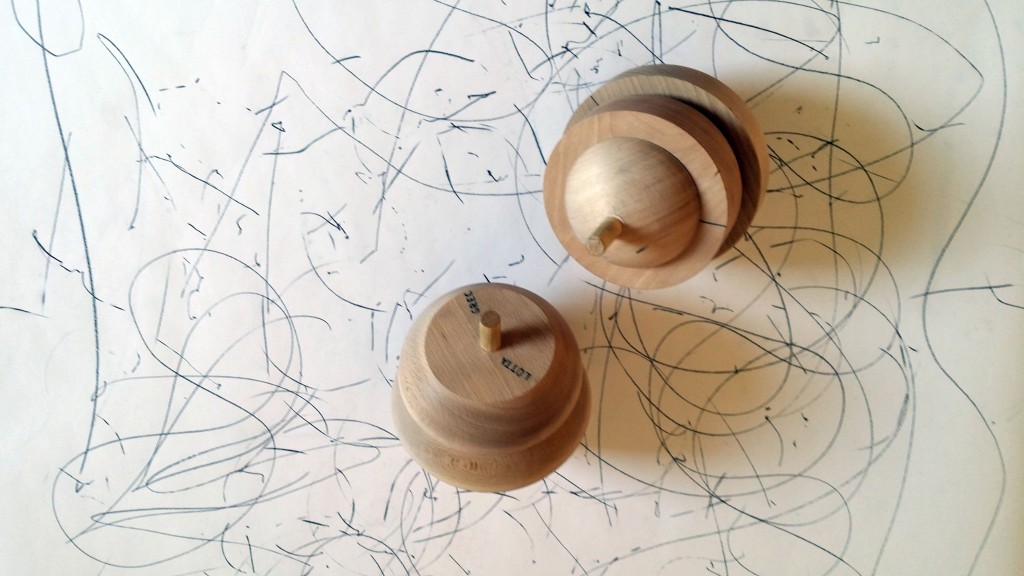 stills from video documentation of performance on the opening night
stills from video documentation of performance on the opening night
Press_Release_Elena_CologniFinale
Elena Cologni √® studio artist al Wysing Art Centre (Cambridge), e fa parte del Commonwealth Creativities in Itercultural Arts Network, all’Universit√† di Cambridge. Ha un PhD dal Central Saint Martins College of Art and Design, Londra. E’ stata premiata da: Arts and Humanities Research Council (UK) (2004-2006) Arts Council of England (2009) e Escalator Live Art e Visual Art Arts Council of England (2011). E’ stata selezionata per residenze al Centre for Contemporary Arts Glasgow (2006), allo Yorkshire Sculpture Park (2009) e alla facolt√† di Psicologia Sperimentale, University ¬†of Cambridge (Rockfluid 2011). I suoi lavori artistici sono raggruppati per tematiche in progetti, all’interno dei quali Cologni apre a collaborazioni, spesso interdisciplinari come in quest’ultimo, incentrato su memoria, percezione e luogo.¬†¬†¬† |¬†¬† is studio artist at Wysing Art Centre (Cambridge), and is a member of the Commonwealth Creativities in Itercultural Arts Network, University of Cambridge. She has a PhD from Central Saint Martins College of Art and Design, London. She was awarded from Arts and Humanities Research Council (UK) (2004-2006) Arts Council of England (2009) and Escalator Live Art and Visual Art Arts Council of England (2011). She was selected for residencies at Centre for Contemporary Arts Glasgow (2006), Yorkshire Sculpture Park (2009) and at Department of Experimental Psychology, University of Cambridge (Rockfluid 2011). Her works are developed through projects, and for these Cologni collaborate with other, often with an interdisciplinary approach, as in the most recent, on memory, perception and place.
Anna Santomauro (1983) √® critica e curatrice. Nel 2011 ha fondato insieme a Viviana Checchia l’organizzazione non profit Vessel a Bari, organizzazione non-profit. E‚Äô interessata alle pratiche artistiche e ¬†curatoriali cosiddette sociali e all’arte come strumento per la produzione di immaginari socio-politici alternativi. Ha sviluppato diversi progetti e curato diverse mostre tra cui: The Pacifist Library ‚Äď Sarajevo, progetto di¬† Valentina Curandi e Nathaniel Katz (2013); programma radiofondico Work in the Field, nell’ambito del progetto AeliaMedia di Pablo¬† Helguera (2012); For an Ecology of the Museum presso il Museo di Villa Croce di Genova (2012). Nel 2013 ha tenuto il seminario Curating Collaborative Strategies in Peripheral Areas presso la Newcastle University. Scrive per la rivista Arte e Critica. Si √® laureata e ha un master dall’universit√† di Bologna ( 2012).¬† |¬†¬† is an independent curator and critic. She is the Co-Founder and Chief Curator of Vessel in Bari, Italy, a non-profit arts organization devoted to developing critical discourse around pertinent contemporary social, political, and economic issues. She has developed several projects and curated multiple exhibitions such as The Pacifist Library ‚Äď Sarajevo, a project by Valentina Curandi and Nathaniel Katz (2013); Work in the Field, a community-based radio program within Pablo Helguera’s project AeliaMedia (2012); and For an Ecology of the Museum at the Museum of Villa Croce in Genoa, Italy (2012). In early 2013 she taught a research seminar at Newcastle University on independent curation. Santomauro received her Master‚Äôs in Visual Arts at Bologna University, graduating with honors in 2012.
photographs courtesy of Luciana Galli and Vito Palmisani
Elena Cologni is supported by Arts Council of England. The exhibition has been sponsored by Carvico SPA (www.carvico.com)
Bari, U STRUML / O’ VERRZZE’…
U STRUML / O VERRZZE’
site specific and participatory intervention July 2013, work in progress
in Radio Materiality, curated by Vessel, Bari, Italy.
Vessel (Anna Santomauro and Viviana Vecchia) wrote: ” The intervention of the artist in the context of Puglia will be articulated in a series of conversation facilitated by the dimension of traditional game (la trottola) between herself and a group of mothers from Bari in order to share with them the emotional and psycho-geographical condition of motherhood.
The meetings will instigate a reflection on the sociological concept of trust ad on the social and urban dimension that being mother implies”
the first phase of this…..and it was a great opportunity,¬† and¬†an intense one too. So many thoughts on motherhood, trust, to entrust… and freedom, party, friendship, roman-greak fight (!), independence
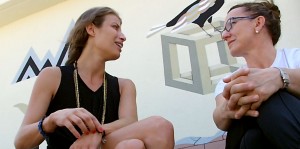
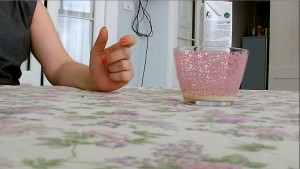
in retrospect
oh just a note: the project had an underlying thought: phenomenology Рlived space Рinterchange Рtrust
till soon….
Milton Keynes, NAVIGATION DIAGRAMS
Sally Bostock Leggatt; Melanie Bush; Caitlin Erskine-Smith; Katie Fields; Hannah Gaunt;Kirsteen Holuj; Ruth Salter; Tendayi Vine & Tracey Suen; Debi-Sara Wilkinson.
Roisin Callaghan; Carl Sebastian Lindberg; Giulia Ricci; Emily Shepherd; John Strutton; Emmett Walsh; Tom White(1- 30 August): GhostApproach; Helen Judge; Alex Pascual; Matt Waruszynski
Alleyway Theatre Company; Sally Annett; Jen B; Chris Bradley & Sioda Martin; JamesBrightman; Jon Clark; Elena Cologni; Richard DeDomenici; Urja Desai-Thakore; Deborah Fielding; Richard Frost, Guoda JaruŇ°eviciute; Emma & Joe Kent; Natalia Kucirkova; Roshmi Lovatt; Hannah Meara; Tamzen Moulding; Stephen Owen; Helen Parlor; Emily Porter; Guy Russell; Tim Scott; Neil Sharkey; Anna Skelton; Gwen Taylor; Peter J. Taylor; The King Biscuit Boys; Ben Watson (aka Jah Vis); Sebastienne Williams; Steve Winch.
– See more at: http://www.mkgallery.org/
Imola
ROCKFLUID was invited for a residency in the summer 2013¬†by Annalica Cattani at NOVELLA GUERRA¬†¬†.¬† I can’t help it but link this context and opportunity¬†back to my piece RE-MOVED at CCA in Glasgow. ¬†Whereas there the tear in the city urbanistic texture¬†was caused by demolition and linked to regeneration, often happening in cities, what happened around Emilia Romagna in recent months was due to natural causes. The earthquake managed to cancel centuries of history and …. well memories¬†here too one year ago.
I shall develop the work from this starting point
September 2013, What Happened…
after wondering around the site, I think I have found my favourite bit and started developing a series of drawings accordingly, initial sketch below, many more to come
see you on the 4th of October at Novella Guerra for a work in progress opening!
Cambridge, SPA(E)CIOUS
SPA(E)CIOUS Dynamics of collective and individual experiences of space and duration within specious present, adopting technologies for enhancing audience engagement, while producing forms of documentation .
Wysing Arts Centre, 28 June 2012
part of the exhibition Re-Collect
This was then presented and contextualised, links:
Elena Cologni in conversation with Helena Blaker
This is a form of peripatetic participatory practice where produced and shared knowledge informs the artist’s creative process. This is based on the multidisciplinary approach of my current project Rockfluid, where site specific art practice is underpinned by elements of cognitive psychology and philosophy. Hence, here the relationship Memory ‚Äď Time ‚Äď Perception is informed by Bergson’s notion of the present within duration and as produced by the body in space , and by Merleau-Ponty’s reference to ‘sensation’ as the basis for knowledge . On the other hand the role of memory in the present is seen from a shared perspective (psychology and philosophy of science) including the definition of specious present as well as the nature of retention as involving perception of duration . The variable within this is an element of interference in our experience, which will vary every time Spa(e)cious takes place (e.g. an unstable platform).
The exercise creates the physical and psychological conditions to enhance an awareness of the perception of time and space through interaction in three parts, involving psychology, drawing, video and performance.
Participants will follow instructions, within this overall condition: audiences and participants can see two projections, one of the views is from above and the other view is from the remote cctv camera on one of the participants. The latter will record their movements within proximal space. They will experience:
1- Memory in the present. To focus on moving through space and retaining information. It is believed that by introducing an element of interference in space our awareness of the present condition is enhanced
2- How has digital time disrupted our sense of subjective time? The perception of time, subjective time (non measured time) and distance in specious present (the time duration wherein a state of consciousness is experienced as being in the present). The exercise will test how differently we experience distance within a set amount of time, depending on certain conditions.
3- How does technology effect our perception and memorization of place? by relating memory to our experience of space in time. Starting from the observation that there is a time distance between the now of perception and the after of the recollection, and a space distance between where we start from and where we return: What does ‚Äėthis‚Äô gap tell us? Is such gap there at all? Starting from a memory exercise (participants to draw the walking activity from memory), this will highlight similarities and differences between our mnemonic archive and technology produced documents of personal space, which I shall call microphies.
SPA(E)CIOUS, is one of the outcomes of the project ROCKFLUID. This develops from a residency at the Faculty of Experimental Psychology, University of Cambridge (since March 2011), with a collaboration with scientist Lisa Saksida, with whom Elena shares a research interest in the relationship between memory and perception. The dialogue evolves and is highlighted by open events in front of an audience (eg. Science Festival 2011, Science Festival 2012 chaired by Caterina Albano), to inform the artist’s creative process. As the project develops, a particular focus has become the influence of interferences of various nature on the perception in the present of space and time. After a number of people have responded to a call for participation (Wysing Arts Centre Open July 2011) to suggest places in Cambridge to meet the artist and share related memories with the participants (October-November 2011), Cologni recollected those journeys from memory and produced a body of work including drawings and a public art intervention (which will be presented on 5th July 2012 at Anglia Ruskin University). The latter is based on peoples‚Äô suggested locations in space as well as a game the artist used to play in her childhood. Throughout the project one of the driving concerns has been how technology has influenced our way of conceive space and mapping. Through her work Cologni wants to point attention towards the experience of physical space and in particular the space proximal to the body, in relation to other views to which our technology-filled life allows access (see ‘views from above’ video and text installation, Institute of Astronomy June 2012).
Background. Cologni claims (since her PhD, 2004) that her art research is part of the critique to the ocular-centric discourse within western philosophy, with reference to Martin Jay. Yet, the fascination she has for perception and its psychology, and geometry (all linked to the primacy of vision) is a recurring aspect in her enquiry. Her critical position is manifested through overturning given assumptions therein by adopting paradoxical formats, including: juxtaposing visual perception with physical positioning in space, drawing ‘proto-geometric’, non-exact shapes, setting up contradictory research hypotheses. In this context ‘SPA(E)CIOUS’ is built around a need to make the viewer aware of the space proximal to the body. This happens in relation to a technology- driven life where most of us become increasingly familiar with (and hooked into) the views form above (GPS, Googleearth, NASA satellites). This way of locating ourselves in the world offers a way to feel in control, which Cologni parallels to renaissance perspective systems, whereby the central focus perspective represents man and structures of power.
Biographies
Elena Cologni is studio artist at Wysing Art Centre and Artist in Residence at University of Cambridge, Faculty of Experimental Psychology and University of Hertfordshire. She studied at Brera Academy of Art, Università Statale in Milan (Italy), University of Leeds, and she has a PhD from Central Saint Martins College, London (1999-2004, Fine Art with Philosophy and Psychology). She was awarded from the Arts and Humanities Research Council for her Post Doctoral project at Central Saint Martins addressing issues of memory and liveness (2004-2006), Research Fellow at York Saint John University (2007-2009) when her work became primarily site specific and participatory (www.elenacologni.com/experiential). She was selected for a residency at Centre for Contemporary Arts Glasgow (2006), participated to Glasgow international (2008) and received funding from Arts Council of England for a project at Yorkshire Sculpture Park (2009). Her current residency is funded by Arts Council of England, Escalator Program through Colchester Arts Centre and is supported by the University of Cambridge and Wysing Arts Centre.
Helena Blaker trained as a visual artist and has worked since the early 1990s as a curator and writer, with a twin focus on performance in experimental film and on the history of performance in visual art. She has curated programmes for Tate Modern, the BFI, the National Theatre (with Public Art Development Trust) and Capture, has been in conversation with many artists over their work in performance across disciplines, has written on contemporary performance and on dance and visual art for Siobhan Davies Dance, PGCP and DTJ and Art Monthly, and has conducted a major research and publishing project for ACE/BFI on the histories of performance in the arts on film. For her, the rough quality of the recorded image of artists‚Äô live actions from the 1920s to the 1970s, whether in still photography or video or film (before the wider development of moving image practice in contemporary art) may evoke a particular quality of live-ness that is appropriate to ‚Äď or that creates an affective relationship to ‚Äď the event that occurred in that earlier moment. However these images are only partial records, often randomly or spontaneously taken. And yet it is perhaps because of their roughness and apparent relation to the live ‚Äď their apparent ‚Äėimmediacy‚Äô ‚Äď that these images have entered cultural memory and the cultural imagination. These evocative photographic and film records often stand in for the live event, offering a view of the artist‚Äôs work and a way in to the history of performance in visual art.
The subtle questions of documentation and the production of an image in relation to live experience (relating to history and to representation, rather than to consciousness as in Elena Cologni’s work) differ from the questions of time and space that may be conjured up in avant-garde film, where screen space and screen time bring up further issues of narrative and subjectivity.
Milton Keynes, L’ELASTICO
MK Gallery, 15 November 2012
participatory performative ‘soft’ sculpture,
Introduced by Caterina Albano, Curator Simon Wright
Milton Keynes, YOUR MK
Milton Keynes, SPA(E)CIOUS
MK Gallery, 25 October 2012
SPA(E)CIOUS, Dynamics of collective and individual experiences of space and duration within specious present, adopting technologies for enhancing audience engagement, while producing forms of documentation .
Elena Cologni in conversation with Helena Blaker
The discussion follows on from the Wysing Arts Centre’s event on 28 June.
This is a form of peripatetic participatory practice where produced and shared knowledge informs the artist’s creative process. This is based on the multidisciplinary approach of my current project Rockfluid, where site specific art practice is underpinned by elements of cognitive psychology and philosophy. Hence, here the relationship Memory ‚Äď Time ‚Äď Perception is informed by Bergson’s notion of the present within duration and as produced by the body in space , and by Merleau-Ponty’s reference to ‘sensation’ as the basis for knowledge . On the other hand the role of memory in the present is seen from a shared perspective (psychology and philosophy of science) including the definition of specious present as well as the nature of retention as involving perception of duration . The variable within this is an element of interference in our experience, which will vary every time Spa(e)cious takes place (e.g. an unstable platform).
The exercise creates the physical and psychological conditions to enhance an awareness of the perception of time and space through interaction in three parts, involving psychology, drawing, video and performance.
Participants will follow instructions, within this overall condition: audiences and participants can see two projections, one of the views is from above and the other view is from the remote cctv camera on one of the participants. The latter will record their movements within proximal space. They will experience:
1- Memory in the present. To focus on moving through space and retaining information. It is believed that by introducing an element of interference in space our awareness of the present condition is enhanced
2- How has digital time disrupted our sense of subjective time? The perception of time, subjective time (non measured time) and distance in specious present (the time duration wherein a state of consciousness is experienced as being in the present). The exercise will test how differently we experience distance within a set amount of time, depending on certain conditions.
3- How does technology effect our perception and memorization of place? by relating memory to our experience of space in time. Starting from the observation that there is a time distance between the now of perception and the after of the recollection, and a space distance between where we start from and where we return: What does ‚Äėthis‚Äô gap tell us? Is such gap there at all? Starting from a memory exercise (participants to draw the walking activity from memory), this will highlight similarities and differences between our mnemonic archive and technology produced documents of personal space, which I shall call microphies.
SPA(E)CIOUS, is one of the outcomes of the project ROCKFLUID. This develops from a residency at the Faculty of Experimental Psychology, University of Cambridge (since March 2011), with a collaboration with scientist Lisa Saksida, with whom Elena shares a research interest in the relationship between memory and perception. The dialogue evolves and is highlighted by open events in front of an audience (eg. Science Festival 2011, Science Festival 2012 chaired by Caterina Albano), to inform the artist’s creative process. As the project develops, a particular focus has become the influence of interferences of various nature on the perception in the present of space and time. After a number of people have responded to a call for participation (Wysing Arts Centre Open July 2011) to suggest places in Cambridge to meet the artist and share related memories with the participants (October-November 2011), Cologni recollected those journeys from memory and produced a body of work including drawings and a public art intervention (which will be presented on 5th July 2012 at Anglia Ruskin University). The latter is based on peoples‚Äô suggested locations in space as well as a game the artist used to play in her childhood. Throughout the project one of the driving concerns has been how technology has influenced our way of conceive space and mapping. Through her work Cologni wants to point attention towards the experience of physical space and in particular the space proximal to the body, in relation to other views to which our technology-filled life allows access (see ‘views from above’ video and text installation, Institute of Astronomy June 2012).
Background. Cologni claims (since her PhD, 2004) that her art research is part of the critique to the ocular-centric discourse within western philosophy, with reference to Martin Jay. Yet, the fascination she has for perception and its psychology, and geometry (all linked to the primacy of vision) is a recurring aspect in her enquiry. Her critical position is manifested through overturning given assumptions therein by adopting paradoxical formats, including: juxtaposing visual perception with physical positioning in space, drawing ‘proto-geometric’, non-exact shapes, setting up contradictory research hypotheses. In this context ‘SPA(E)CIOUS’ is built around a need to make the viewer aware of the space proximal to the body. This happens in relation to a technology- driven life where most of us become increasingly familiar with (and hooked into) the views form above (GPS, Googleearth, NASA satellites). This way of locating ourselves in the world offers a way to feel in control, which Cologni parallels to renaissance perspective systems, whereby the central focus perspective represents man and structures of power.
Biographies
Elena Cologni is studio artist at Wysing Art Centre and Artist in Residence at University of Cambridge, Faculty of Experimental Psychology and University of Hertfordshire. She studied at Brera Academy of Art, Università Statale in Milan (Italy), University of Leeds, and she has a PhD from Central Saint Martins College, London (1999-2004, Fine Art with Philosophy and Psychology). She was awarded from the Arts and Humanities Research Council for her Post Doctoral project at Central Saint Martins addressing issues of memory and liveness (2004-2006), Research Fellow at York Saint John University (2007-2009) when her work became primarily site specific and participatory (www.elenacologni.com/experiential). She was selected for a residency at Centre for Contemporary Arts Glasgow (2006), participated to Glasgow international (2008) and received funding from Arts Council of England for a project at Yorkshire Sculpture Park (2009). Her current residency is funded by Arts Council of England, Escalator Program through Colchester Arts Centre and is supported by the University of Cambridge and Wysing Arts Centre.
Helena Blaker trained as a visual artist and has worked since the early 1990s as a curator and writer, with a twin focus on performance in experimental film and on the history of performance in visual art. She has curated programmes for Tate Modern, the BFI, the National Theatre (with Public Art Development Trust) and Capture, has been in conversation with many artists over their work in performance across disciplines, has written on contemporary performance and on dance and visual art for Siobhan Davies Dance, PGCP and DTJ and Art Monthly, and has conducted a major research and publishing project for ACE/BFI on the histories of performance in the arts on film. For her, the rough quality of the recorded image of artists‚Äô live actions from the 1920s to the 1970s, whether in still photography or video or film (before the wider development of moving image practice in contemporary art) may evoke a particular quality of live-ness that is appropriate to ‚Äď or that creates an affective relationship to ‚Äď the event that occurred in that earlier moment. However these images are only partial records, often randomly or spontaneously taken. And yet it is perhaps because of their roughness and apparent relation to the live ‚Äď their apparent ‚Äėimmediacy‚Äô ‚Äď that these images have entered cultural memory and the cultural imagination. These evocative photographic and film records often stand in for the live event, offering a view of the artist‚Äôs work and a way in to the history of performance in visual art.
The subtle questions of documentation and the production of an image in relation to live experience (relating to history and to representation, rather than to consciousness as in Elena Cologni’s work) differ from the questions of time and space that may be conjured up in avant-garde film, where screen space and screen time bring up further issues of narrative and subjectivity.
This is part of Rockfluid, funded by Arts Council of England, Escalator Program, University of Cambridge, University of Hertfordshire.
Cambridge, L’ELASTICO
Elena Cologni, L’ELASTICO,
in the exhibition GAMES ARTISTS PLAY  5th-12th July , Ruskin Gallery Cambridge, Curator Bronac Ferran
This is the appropriation of a game Cologni used to play as a child. It is presented to participants as a large elastic string forming a specific shape which will change according to a pattern taken from the series of drawings ’13 days delay recollection, tour 3′, which were based on locations in Cambridge. The shape is formed by the positioning on the platform of 4 people on a slightly uneven platform and positioning the elastic string. The game consists of jumping on the string following a series of instructions which are available nearby. The body of work is part of the multidisciplinary approach of the project Rockfluid, where site specific art practice is underpinned by elements of cognitive psychology and philosophy. The exercise creates the physical and psychological conditions to enhance an awareness of the perception the body in space. Participants will follow instructions, while seeing a projection of a view from above, another camera will record their movements within proximal space, which Cologni calls microphy.
L’ELASTICO, is one of the outcomes of the project ROCKFLUID. This develops from a residency at the Faculty of Experimental Psychology, University of Cambridge (since March 2011), with a collaboration with scientist Lisa Saksida, with whom Elena shares a research interest in the relationship between memory and perception. The dialogue evolves and is highlighted by open events in front of an audience (eg. Science Festival 2011, Science Festival 2012 chaired by Caterina Albano), to inform the artist’s creative process. As the project develops, a particular focus has become the influence of interferences of various nature on the perception in the present of space and time. After a number of people have responded to a call for participation (Wysing Arts Centre Open July 2011) to suggest places in Cambridge to meet the artist and share related memories with the participants (October-November 2011), Cologni recollected those journeys from memory and produced a body of work including drawings and public art interventions, and pother formats of presentations (SPA(E)CIOUS, Wsying Arts Centre, Bourn, MK Gallery, Milton Keynes, Institute of Artistic Research Berlin). Throughout the project one of the driving concerns has been how technology has influenced our way of conceive space and its mapping. Through her work Cologni wants to point attention towards the experience of physical space and in particular the space proximal to the body, in relation to other views to which our technology- filled life allows access (see ‘views from above’ video and text installation, Institute of Astronomy June 2012).
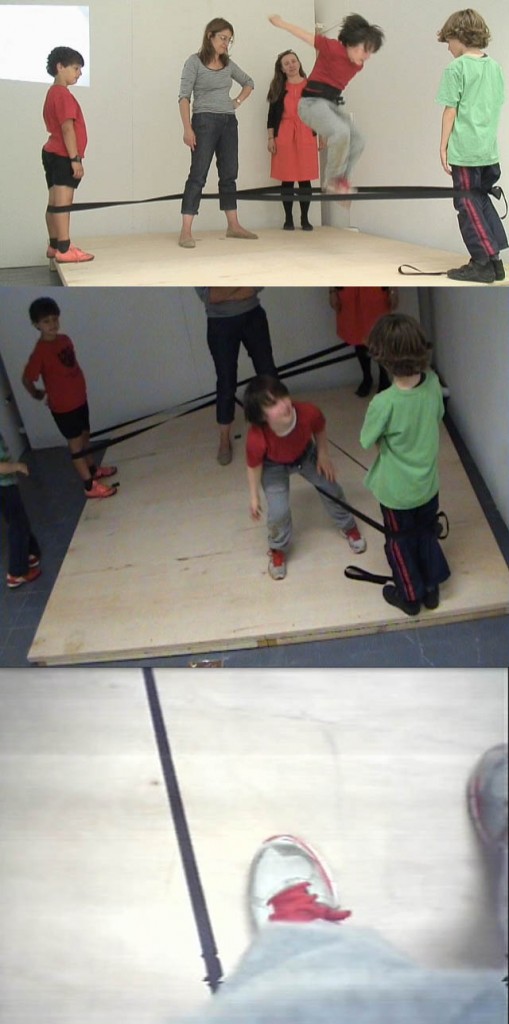
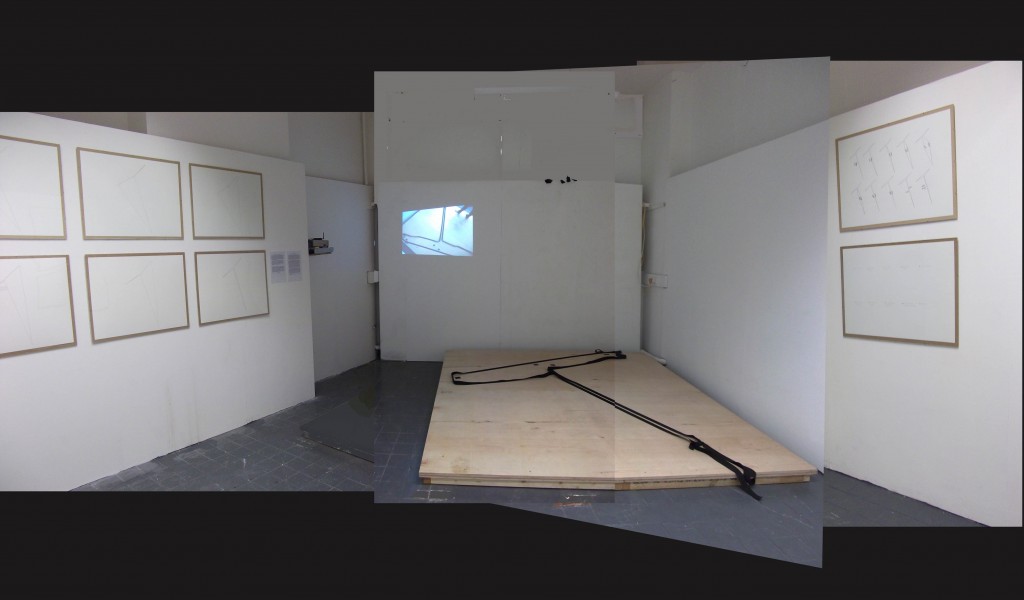
Cologni claims (since her PhD, 2004) that her art research is part of the critique to the ocular-centric discourse within western philosophy, with reference to Martin Jay. Yet, the fascination she has for perception and its psychology, and geometry (all linked to the primacy of vision) is a recurring aspect in her enquiry. Her critical position is manifested through overturning given assumptions therein by adopting paradoxical formats, including: juxtaposing visual perception with physical positioning in space, drawing ‘proto-geometric’, non-exact shapes, setting up contradictory research hypotheses. In this context ‘L’ELASTICO’ is built around a need to make the viewer aware of the physical space proximal to the body. This happens in relation to a technology- driven life where most of us become increasingly familiar with (and hooked into) the views form above (GPS, Googleearth, NASA satellites). This way of locating ourselves in the world offers a way to feel in control, which Cologni parallels to renaissance perspective systems, whereby the central focus perspective represents man and structures of power.
Contributing to L’ELASTICO: Roberto Fava, Aurora Cacciapuoti, Silvia Monterubbianesi, Irene Milani, Irene Monasterolo, Leo Barassi, Leo Parry, Max Parry, Claudia Peverini, Sofia Benson, Valentiva, Monica ….
Cambridge, VIEWS FROM ABOVE
‘Limits of Seeing ‚Äď Views from Above & Below‚Äô¬† @Institute of Astronomy, Sat 23rd June
The Institute of Astronomy in Madingley Road, Cambridge, is the wonderful venue for the second Limits of Seeing event which takes place on afternoon of 23rd June from 3.00 ‚Äď 6.30 pm.¬† A series of family friendly art and science interventions will take place across the site, on the lawns and in the observatories as well as inside the main building, in the auditorium and in other spaces.¬† The event is free and is organised by Visualise in collaboration with the Institute of Astronomy, the Science & Technology Faculty at Anglia Ruskin and Wysing Arts Centre.¬† Participating artists will include heath bunting, Liliane Lijn, Marina Velez and Russell Cuthbert, Elena Cologni & Susie Olczak and participating scientists will include Dr Joao Linhares, Matilda Biba and Gerry Gilmore, Professor of Experimental Psychology, Institute of Astronomy.
http://visualisecambridge.org/?p=683
Limits of Seeing ‚Äď Views from Above and Below is a collaborative event organised by Visualise in partnership with Institute of Astronomy, Cambridge¬† and Wysing Arts Centre curated by Bronac Ferran, Carolin Crawford and Elinor Morgan.
Elena Cologni, ‘views from above’, videoinstallation (Northumberland Telescope) + text installation (Hoyle Foyer libraryfirst floor) + site specific interventions (around site)
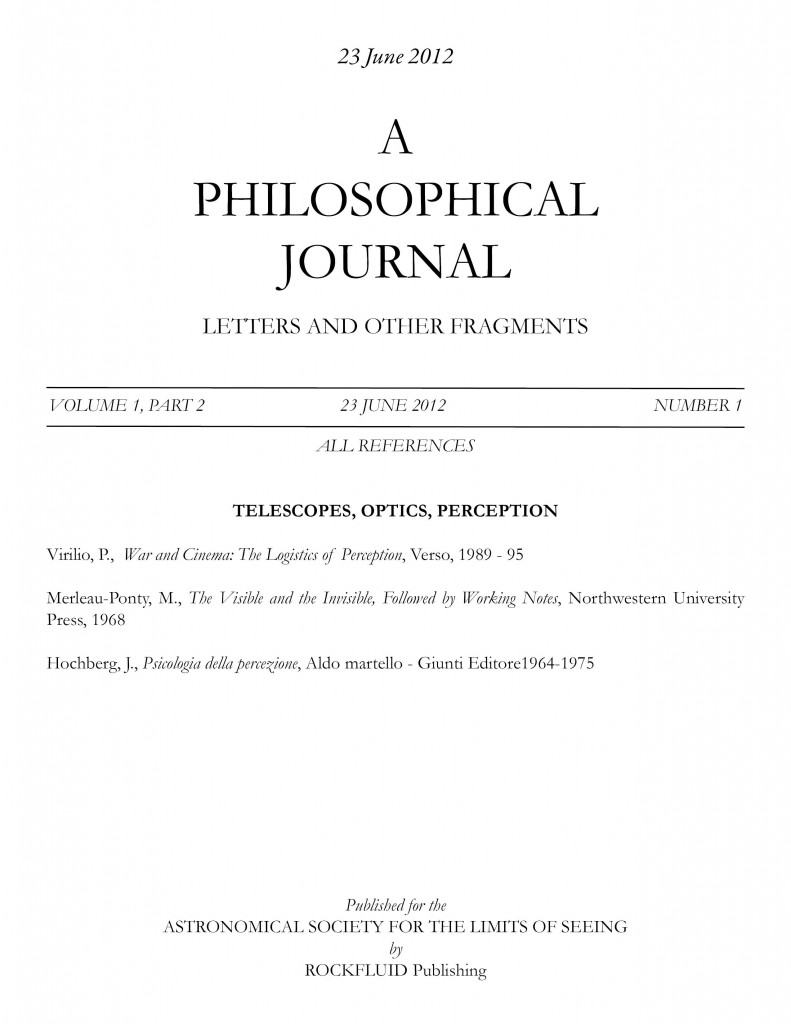
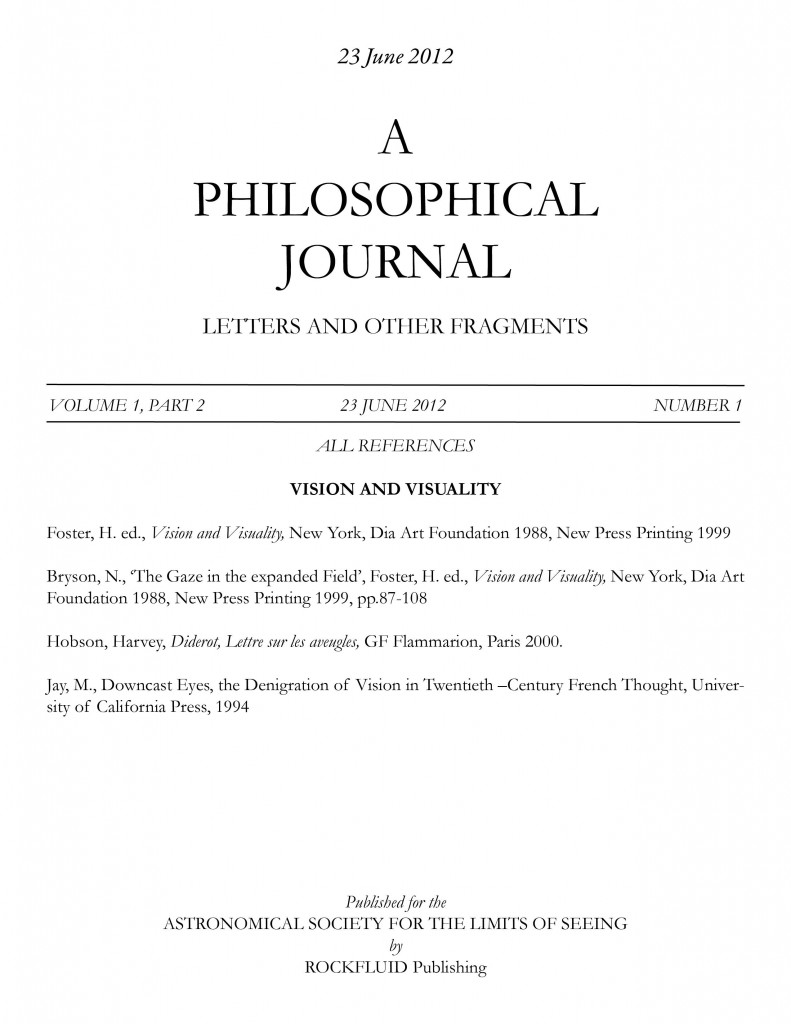
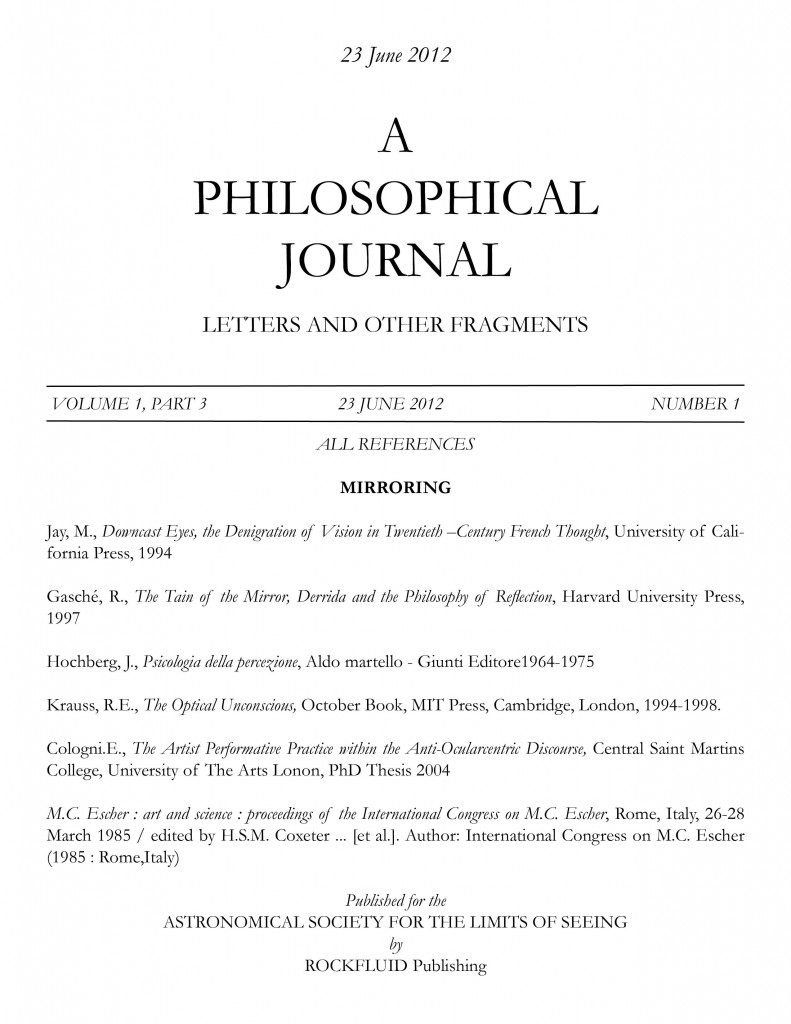
covers of series of paper publications
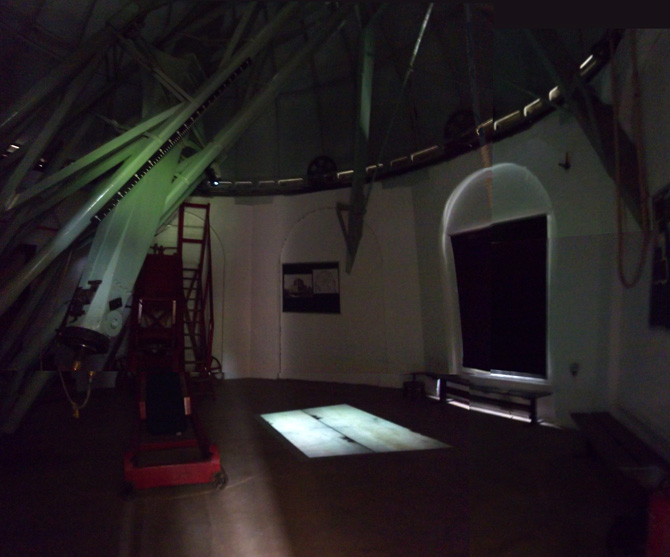
http://www.youtube.com/watch?v=x8BD0eb2EYQ&feature=youtu.be&noredirect=1
video installation in the Northumberland Telescope, Institute of Astronomy, Cambridge University
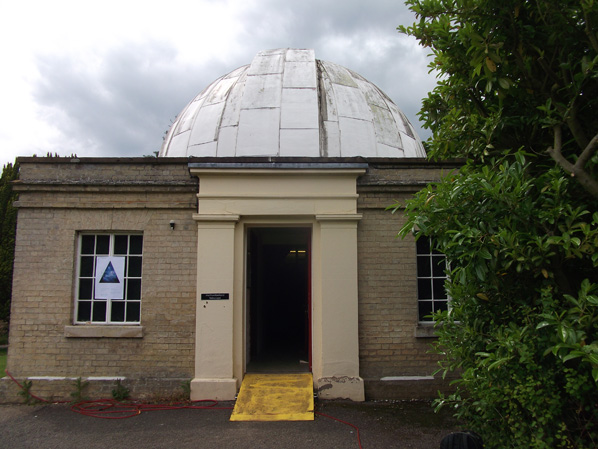
Cologni claims (since her PhD, 2004) that her art research is part ofthe critique to the ocular-centric discourse within western philosophy, withreference to Martin Jay. Yet, the fascination she has for perception and itspsychology, and geometry (all linked to the primacy of vision)¬† is a recurring aspect in her enquiry. Her criticalposition is manifested¬† throughoverturning given assumptions therein by adopting paradoxical formats,including: juxtaposing visual perception with physical positioning in space, drawing’proto-geometric’, non-exact shapes, setting up contradictory researchhypotheses. In this context ‘views formabove’ is linked to her current project ROCKFLUID,residency at the Faculty of Experimental Psychology, Cambridge University, and itis built around a need to make the viewer aware of the space proximal to thebody. This in relation to a technology driven life where most of us becomeincreasingly familiar with (and hooked into) the views form above (GPS, Googleearth,NASA satellites). A way to feel in control, by locating ourselves in the world,which Cologni parallels to renaissance perspective systems, whereby the centralfocus perspective represents¬† man, butalso God, the eye is God. Telescopes were built applying optics and perception studiesand while telescopes offer a ‘view from below’ outwards in the universeCologni’s work creates a critical context where the above connections becomeapparent.
Bio. Elena Cologni is studio artist at Wysing Art Centre and Artist in Residenceat University of Cambridge, Faculty of Experimental Psychology. She studied atBrera Academy of Art, Università Statale in Milan (Italy), University of Leeds,and she has a PhD from Central Saint Martins College, London  (1999-2004, Fine Art with Philosophy and Psychology).She was awarded from the Arts and Humanities Research Council for her Post Doctoralproject at Central Saint Martins addressing issues of memory and liveness(2004-2006), Research Fellow at York Saint John University (2007-2009) when herwork became primarily site specific and participatory (www.elenacologni.com/experiential). She was selected for a residency at Centre for Contemporary Arts Glasgow (2006),participated to Glasgow international (2008) and  received funding from Arts Council of Englandfor a project at Yorkshire Sculpture Park (2009). Her current residency is fundedby Arts Council of England, Escalator Program through Colchester Arts Centreand is supported by the University of Cambridge and Wysing Arts Centre.
Cambridge, YOUR CAMBRIDGE
Wednesday 19, Friday 21 and Sunday 30 October 2011
Meet at Cambridge Central Library, 7 Lion Yard, Cambridge
11:00AM – 3:00PM
By considering travelling as a way to produce forms, memory and geography overlap in a psychogeography. This exercise aims at collecting people’s memories relating to specific locations in the City. By participating you will contribute to the map-drawings and city interventions in the form of soft sculptures, at a later stage. If you want to take part you are asked to replay by suggesting a location you are willing to share a memory of as part of our tour, by sending an e-mail.
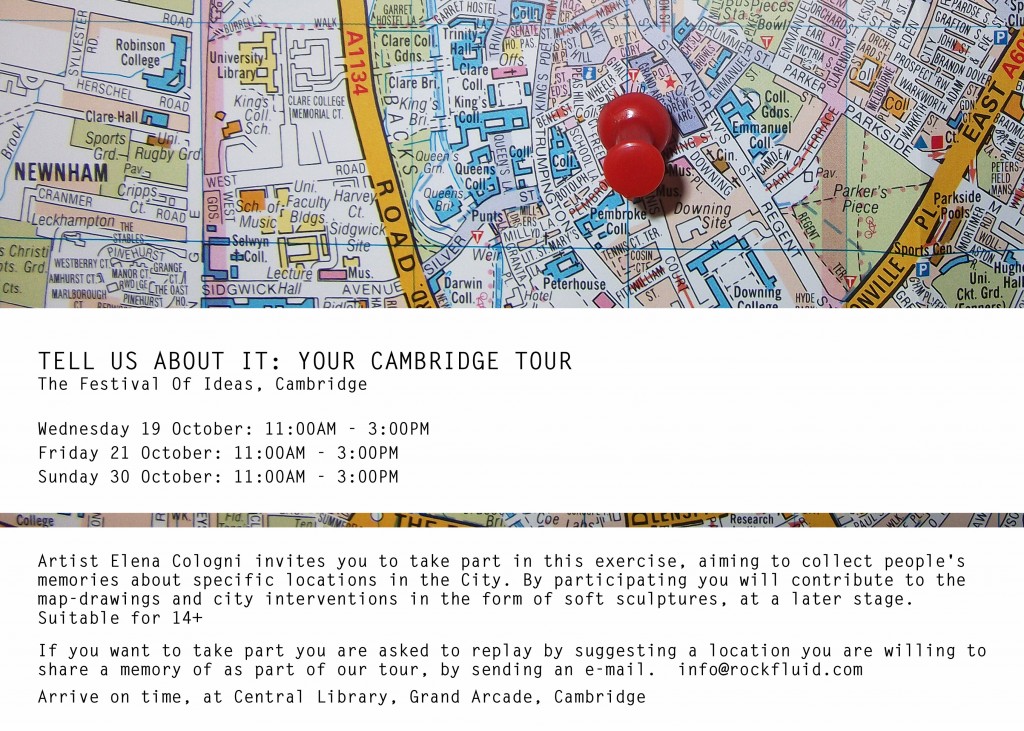
CONTEXT AND WORK IN PROGRESS
Context.
1. The current alienation of the individual induced by a technology dominant economy is based on an urge to cut the distance over time and space in today’s communication systems. ROCKFLUID represents an attempt to investigate this context. It creates possibilities for encounters in shared physical spaces where we experience the environment through moving our body in space thus defining our places. I am interested in doing this by looking at a form of psycho-geography, adopting relational tactics, and sharing the creative process with participants. I also believe that to build an awareness of how digital time has disrupted our sense of subjective time is a key element. This can be done by breaking the accepted relation memory-past. With the current obsession over constantly documenting our lives, we may feel (and fear) that we cannot do
the same with memory. By proposing that we do change our memories in the present by recollecting them, we may find in this very quality of instability of memory our ‘place’.
2. The awareness of our position in space due to the use of technologies has changed the perception of place. We are now used to considering macro dimensions (the globe from google earth or gps systems), and less used to looking at our immediate proximities.  I would like to share this concern with audiences and generate an awareness on micro geographies, and within this on our body in space, asserting a more poetic and political aspect of everyday life and functioning as a way of personalising resistance to the globalscape. My work will aim at looking at personal space as a non verbal language of spatial intersubjectivity.
(metamodernism http://www.metamodernism.org/)
Preparation and research.
To get in touch with locally based participants willing to contribute by suggesting a location they are able to share a memory of. These suggestions are a starting point to create a series of map drawings. These, in turn, are the basis for a tour, as well as the choreography for the following interventions.

